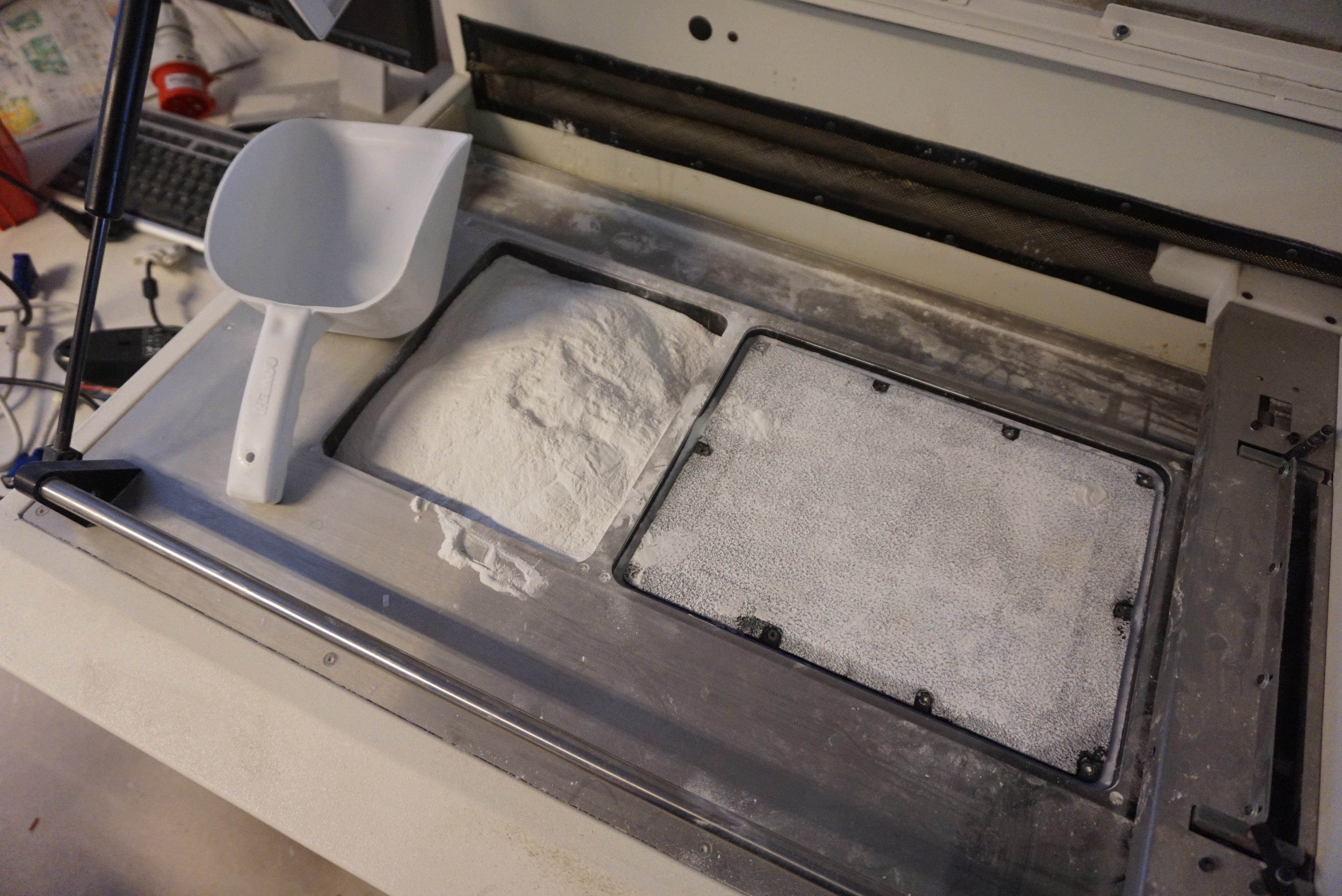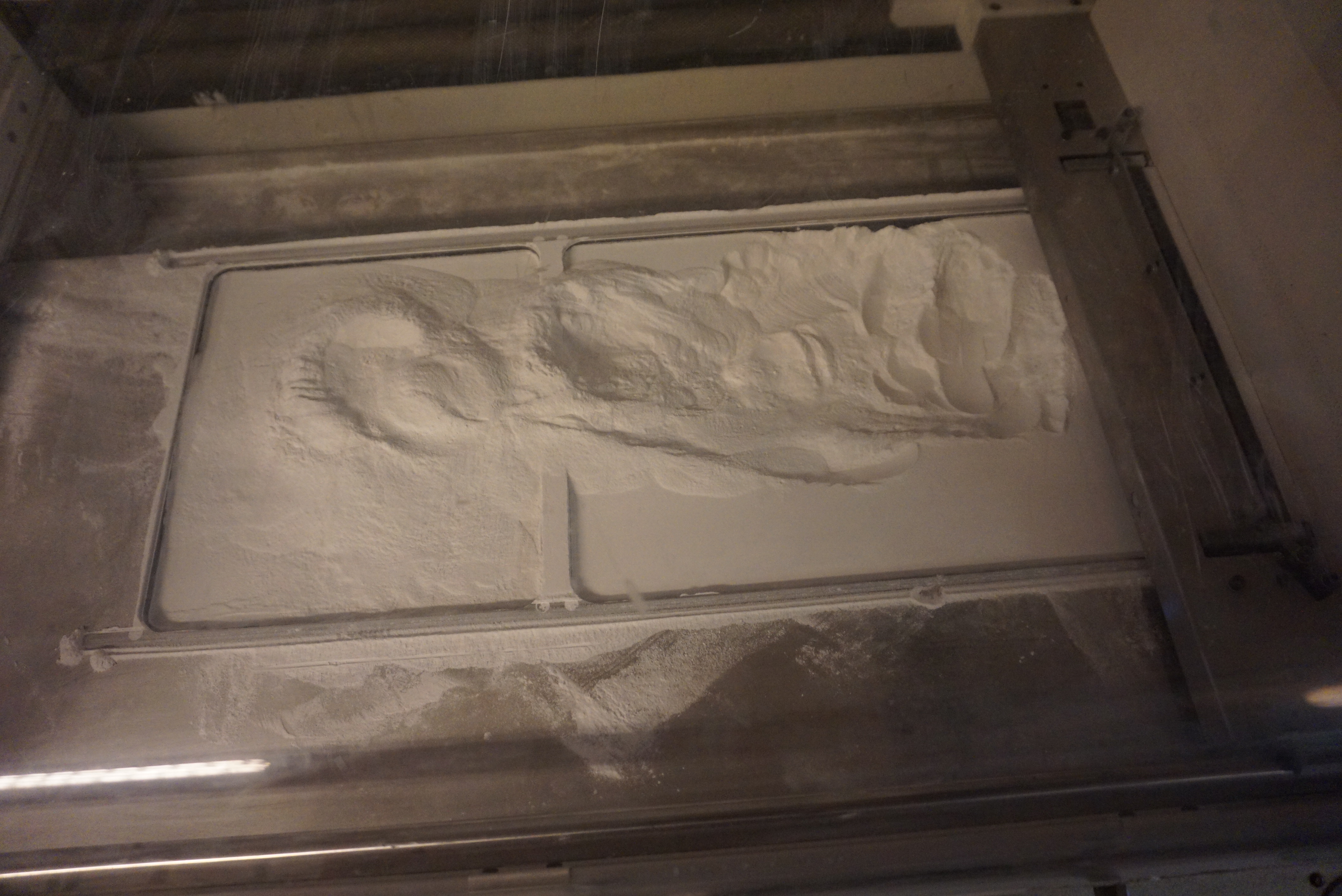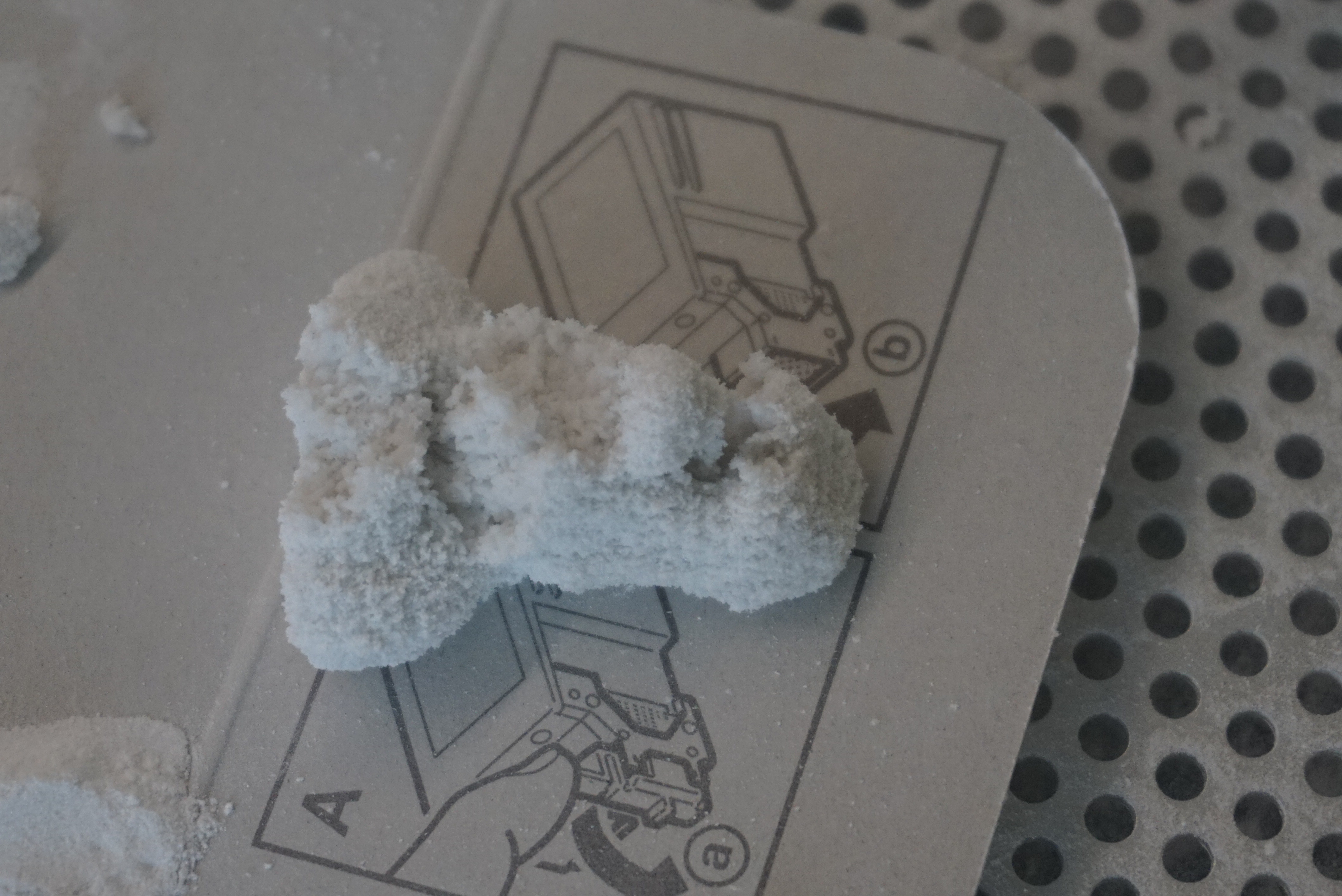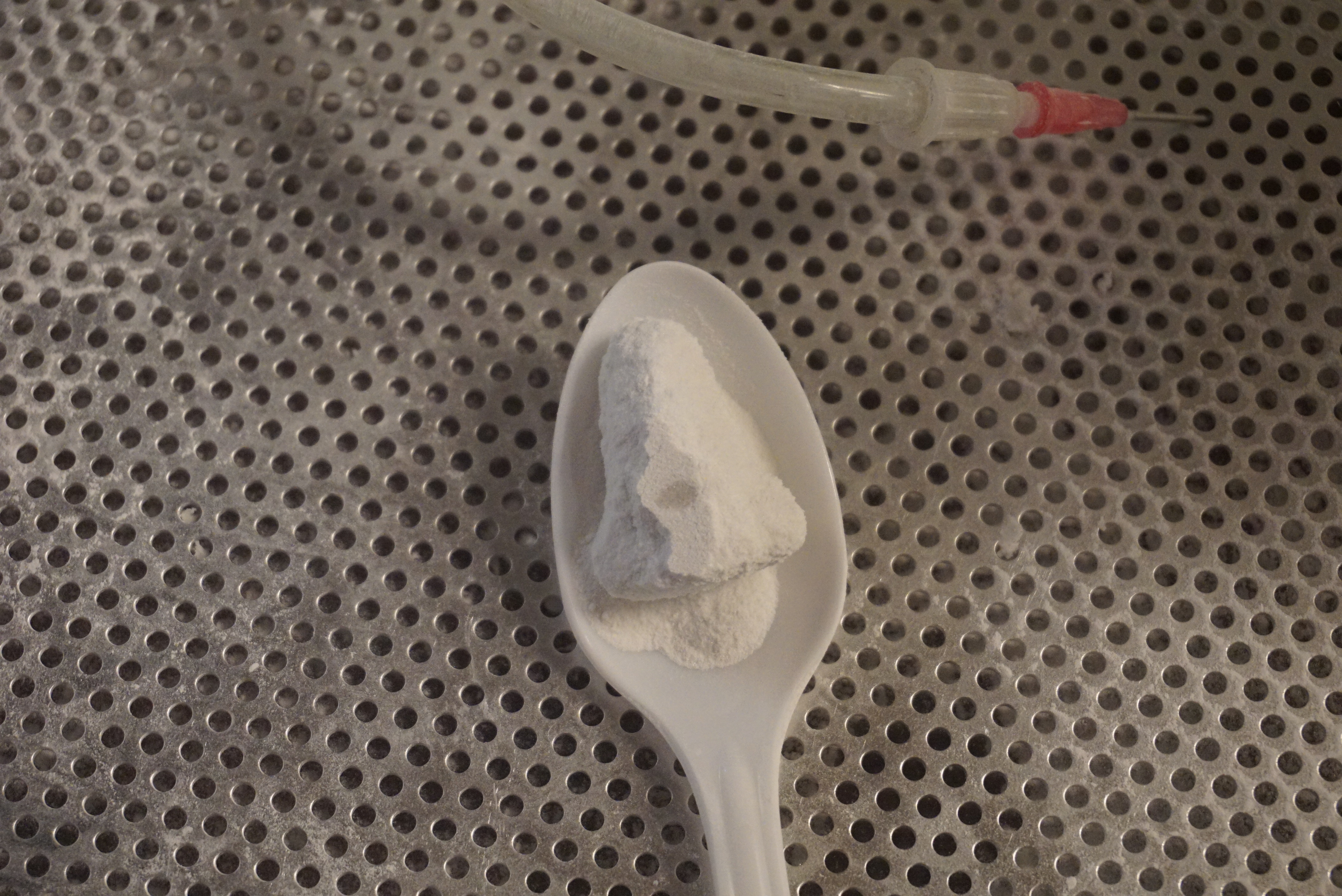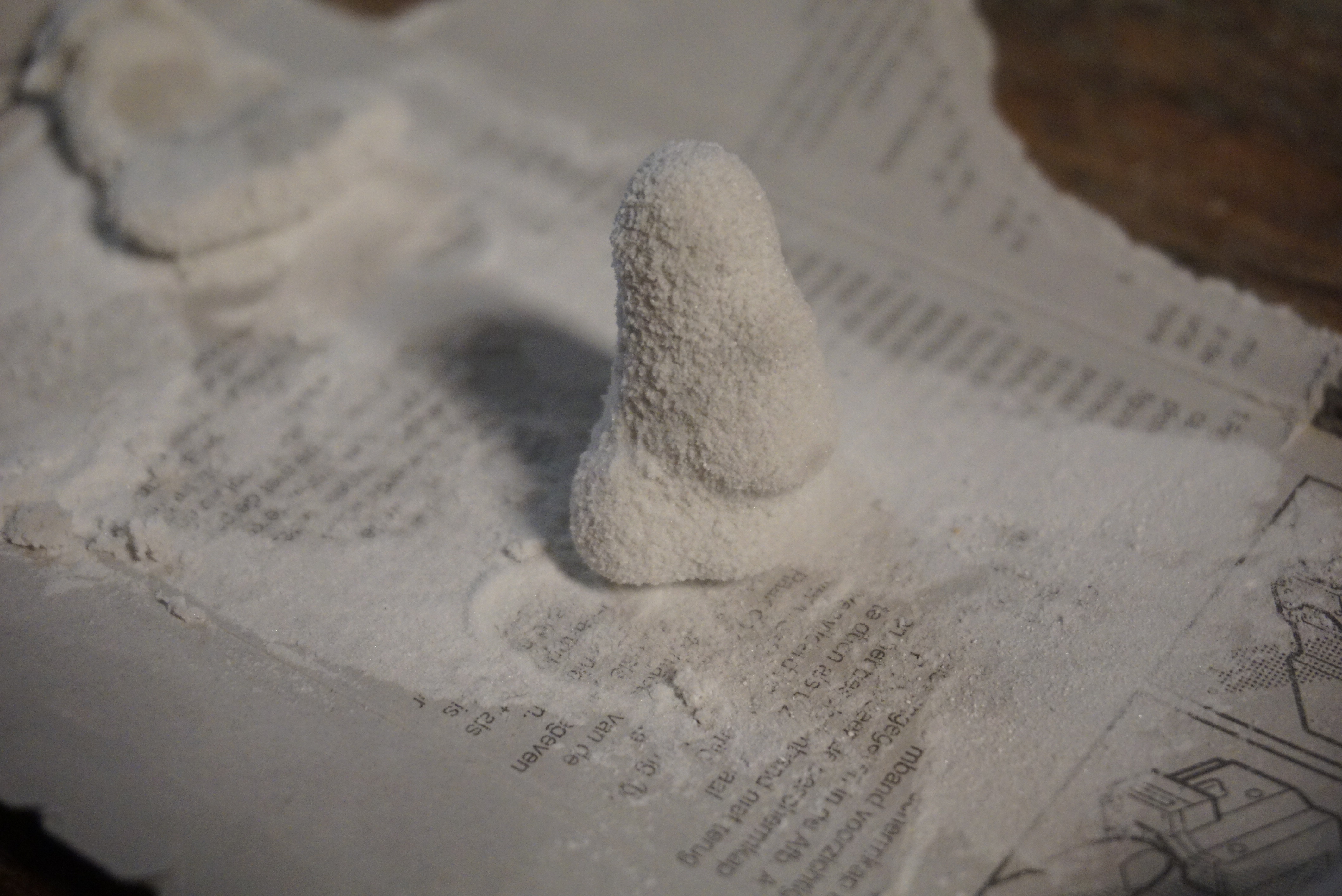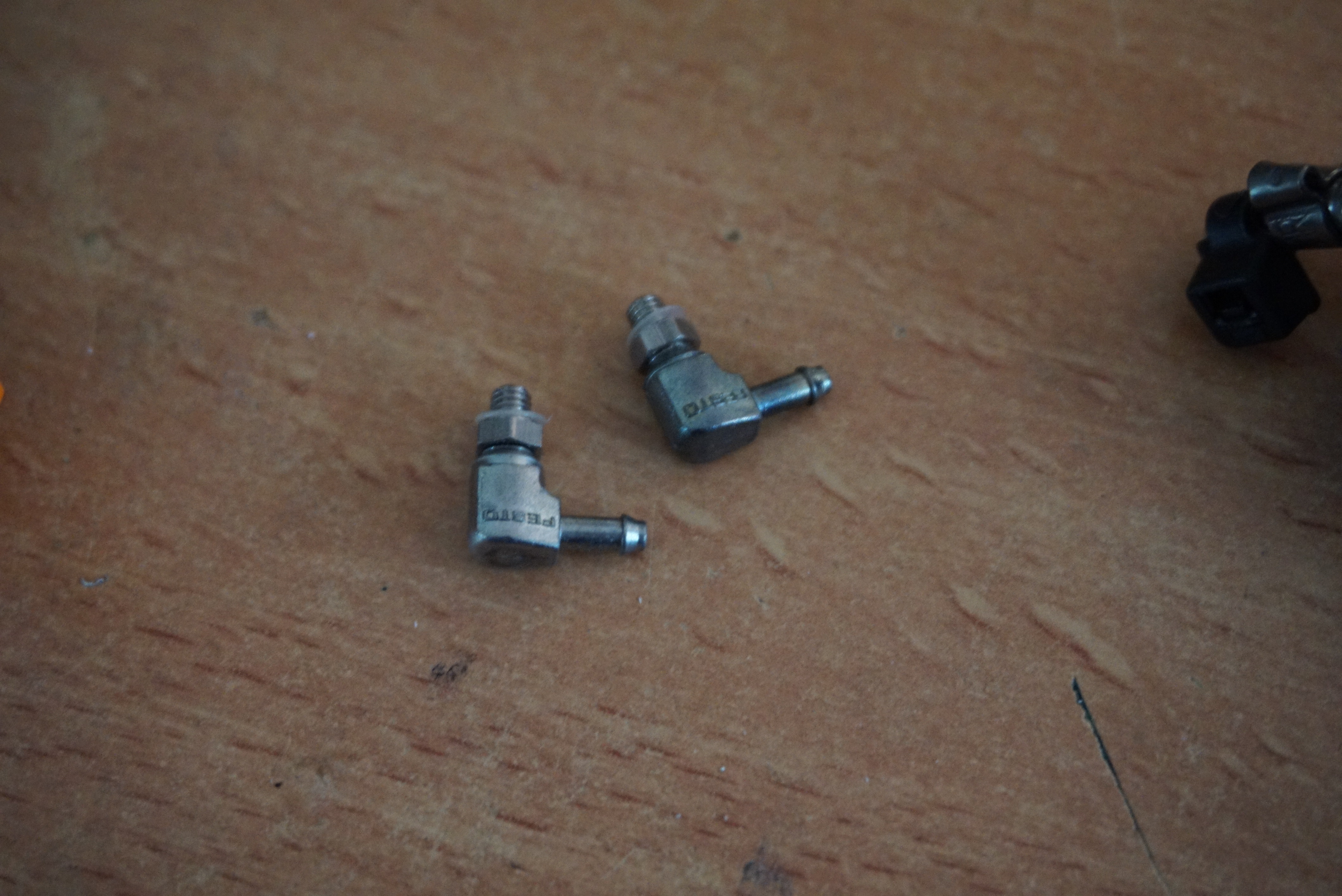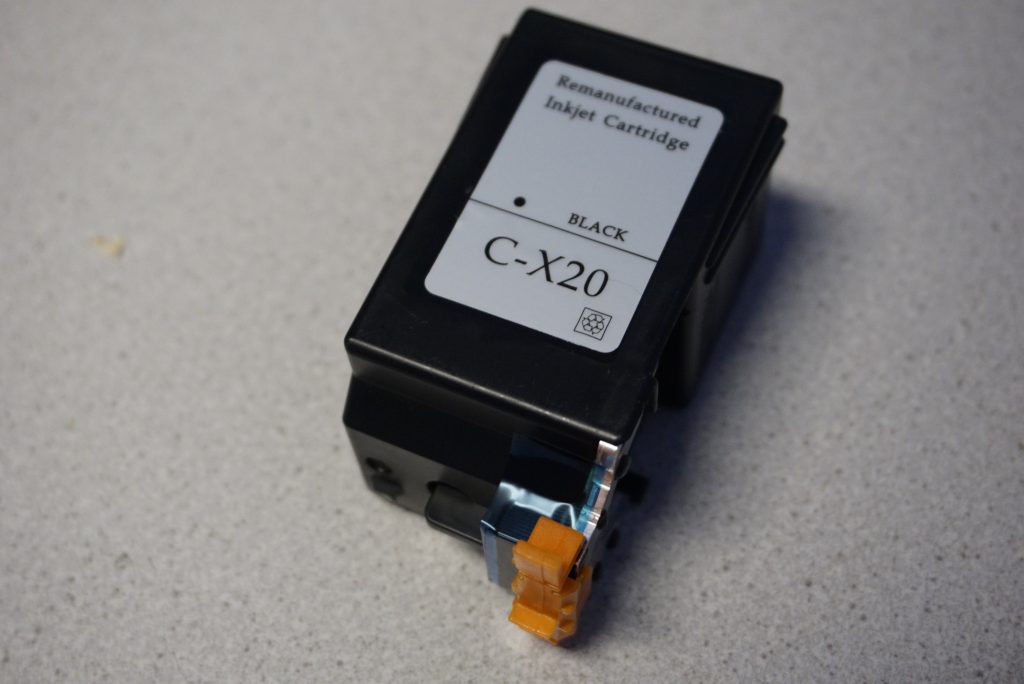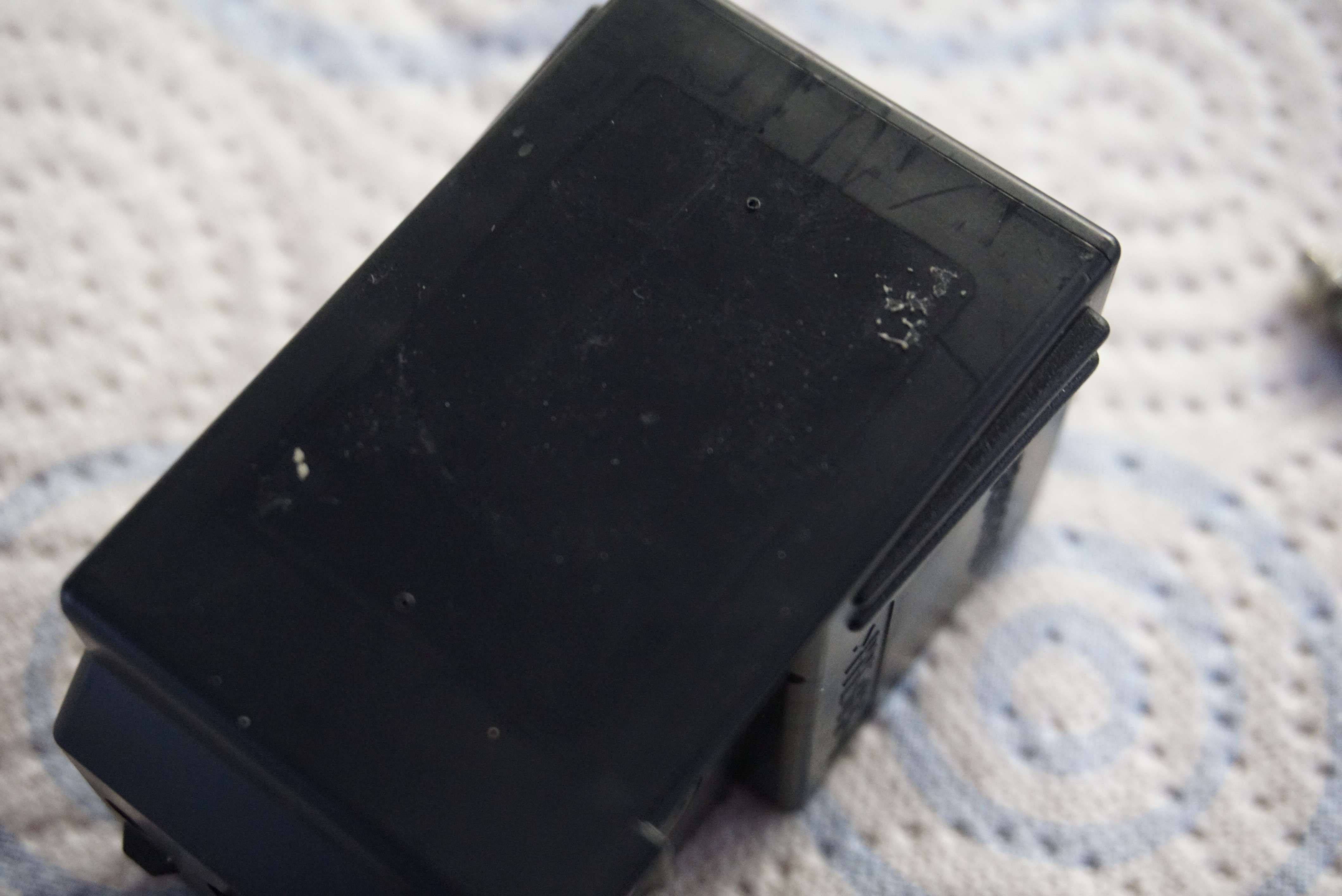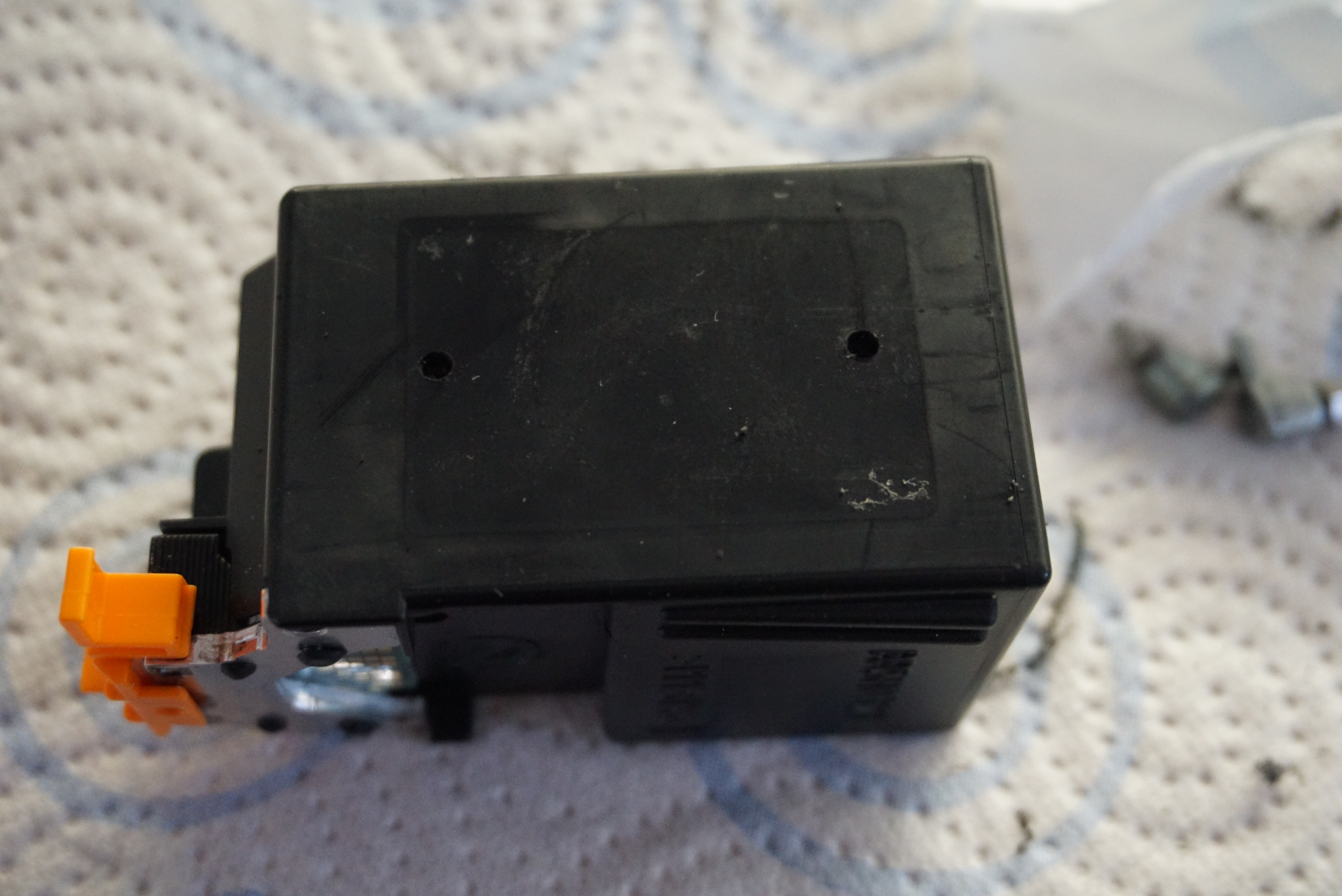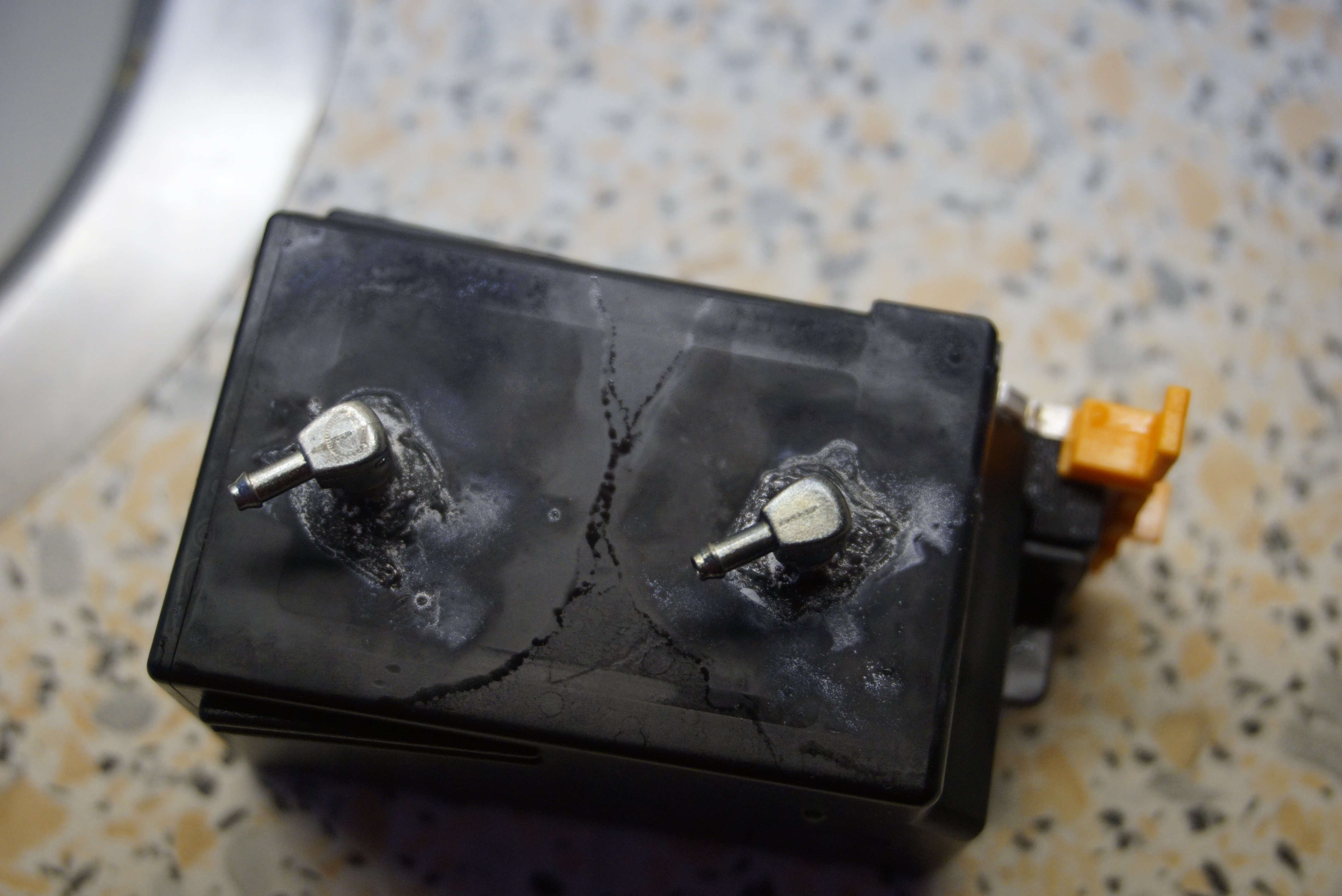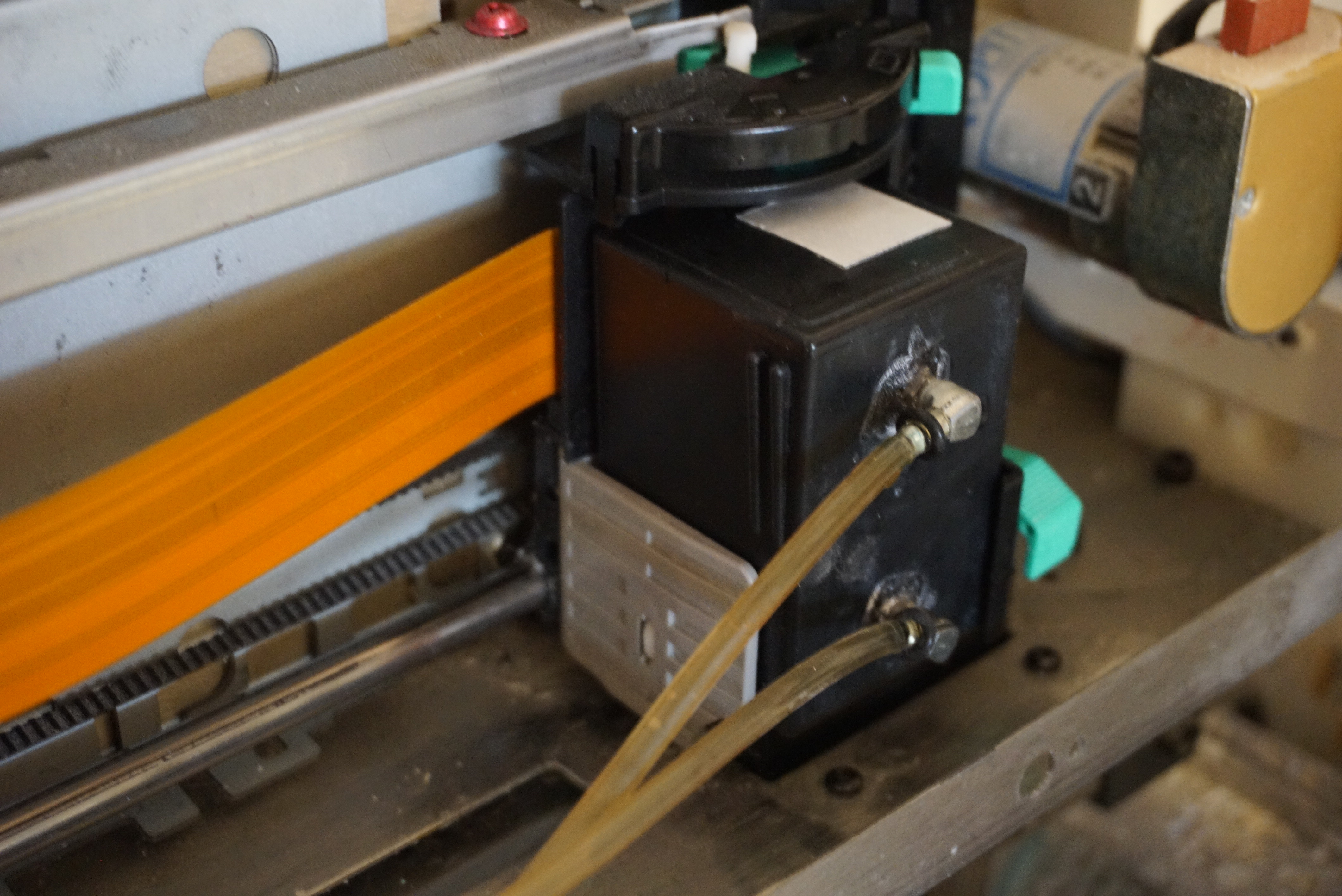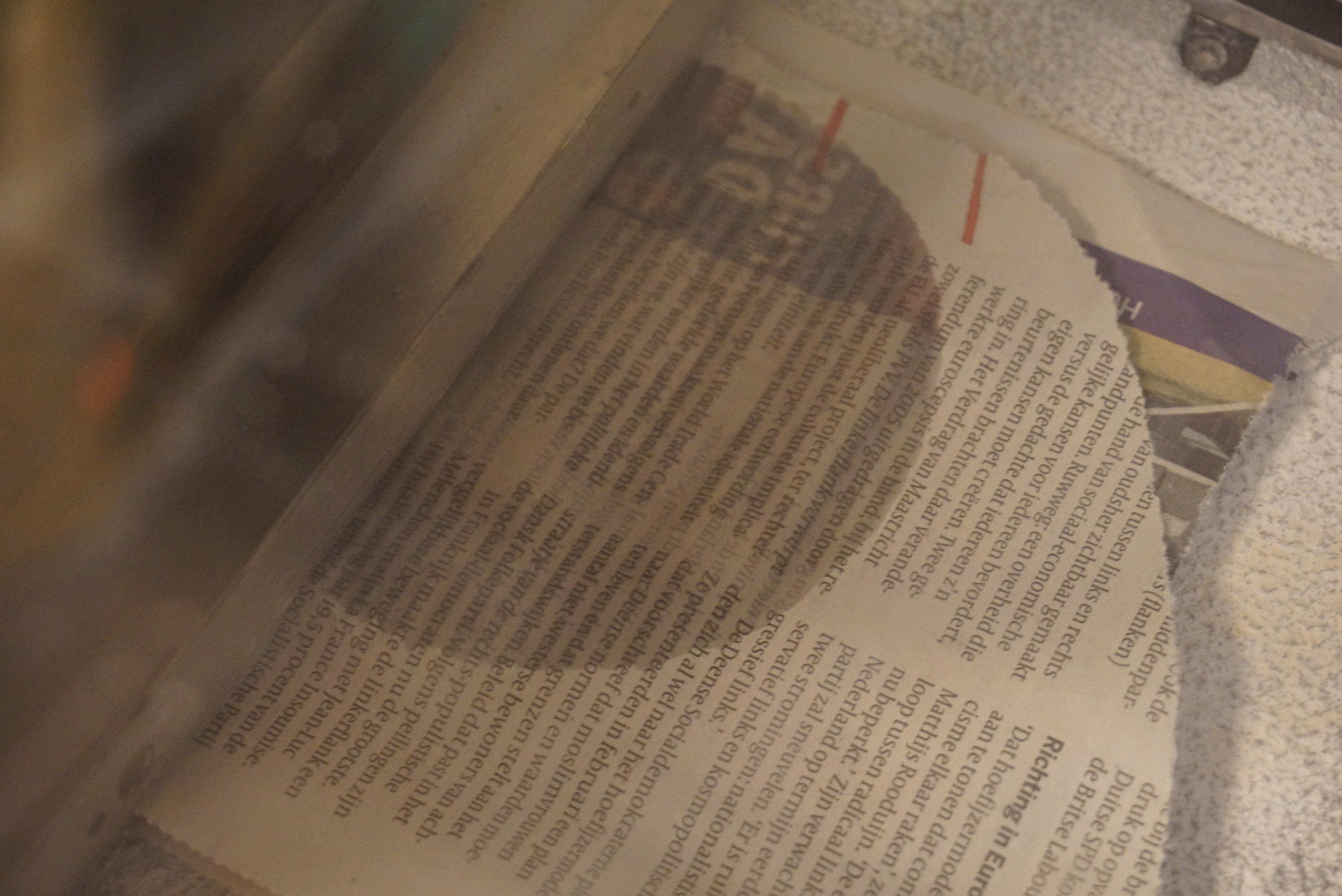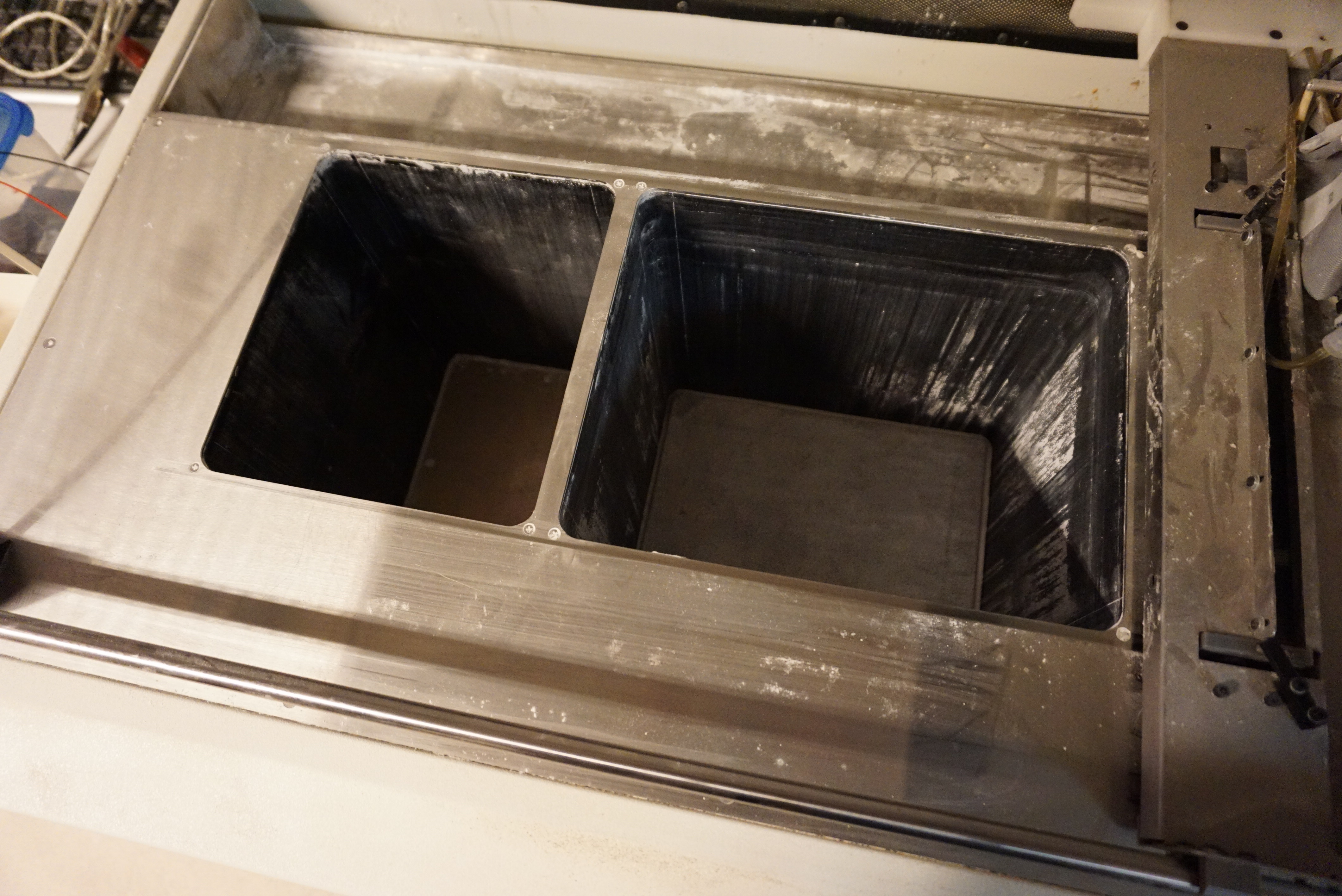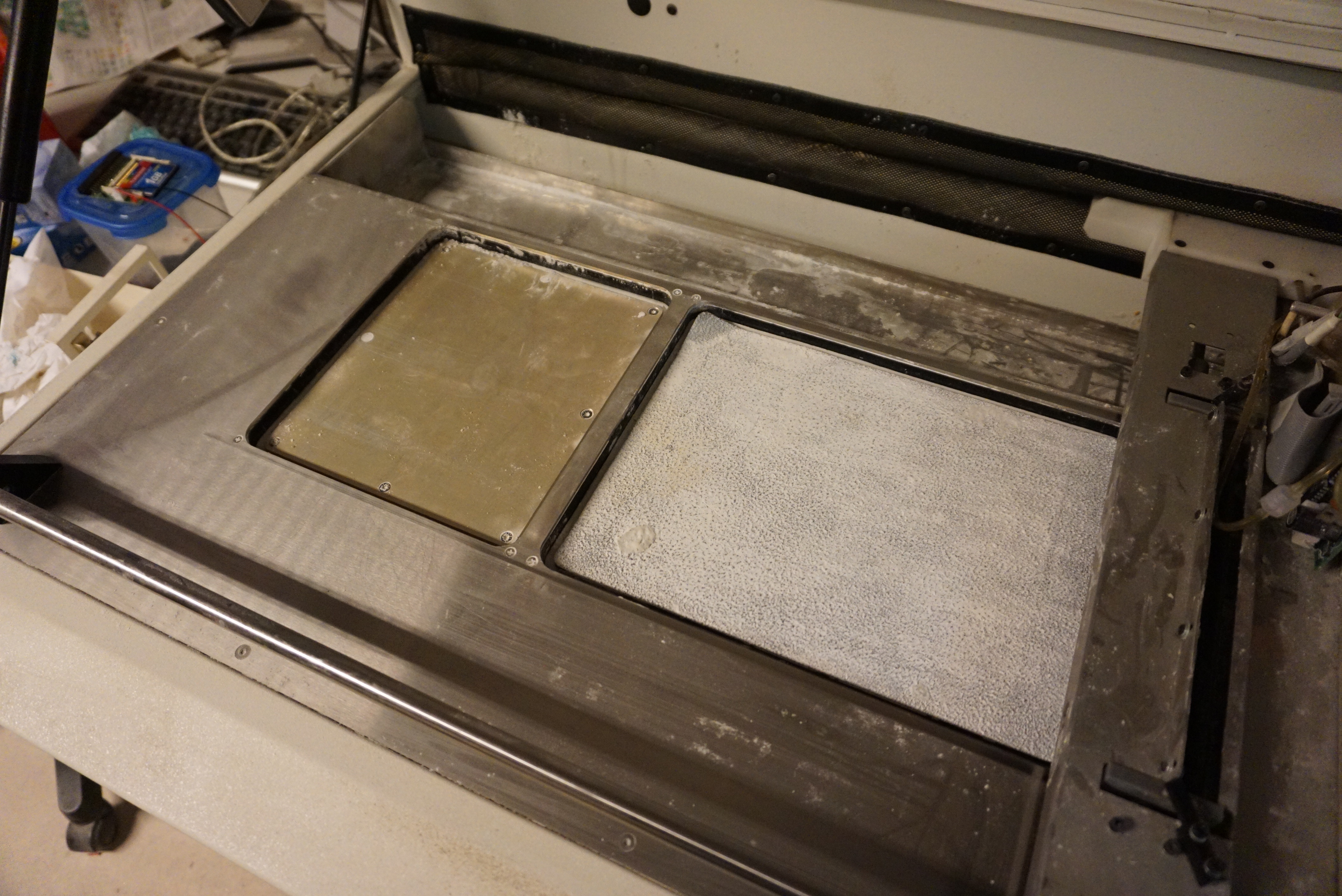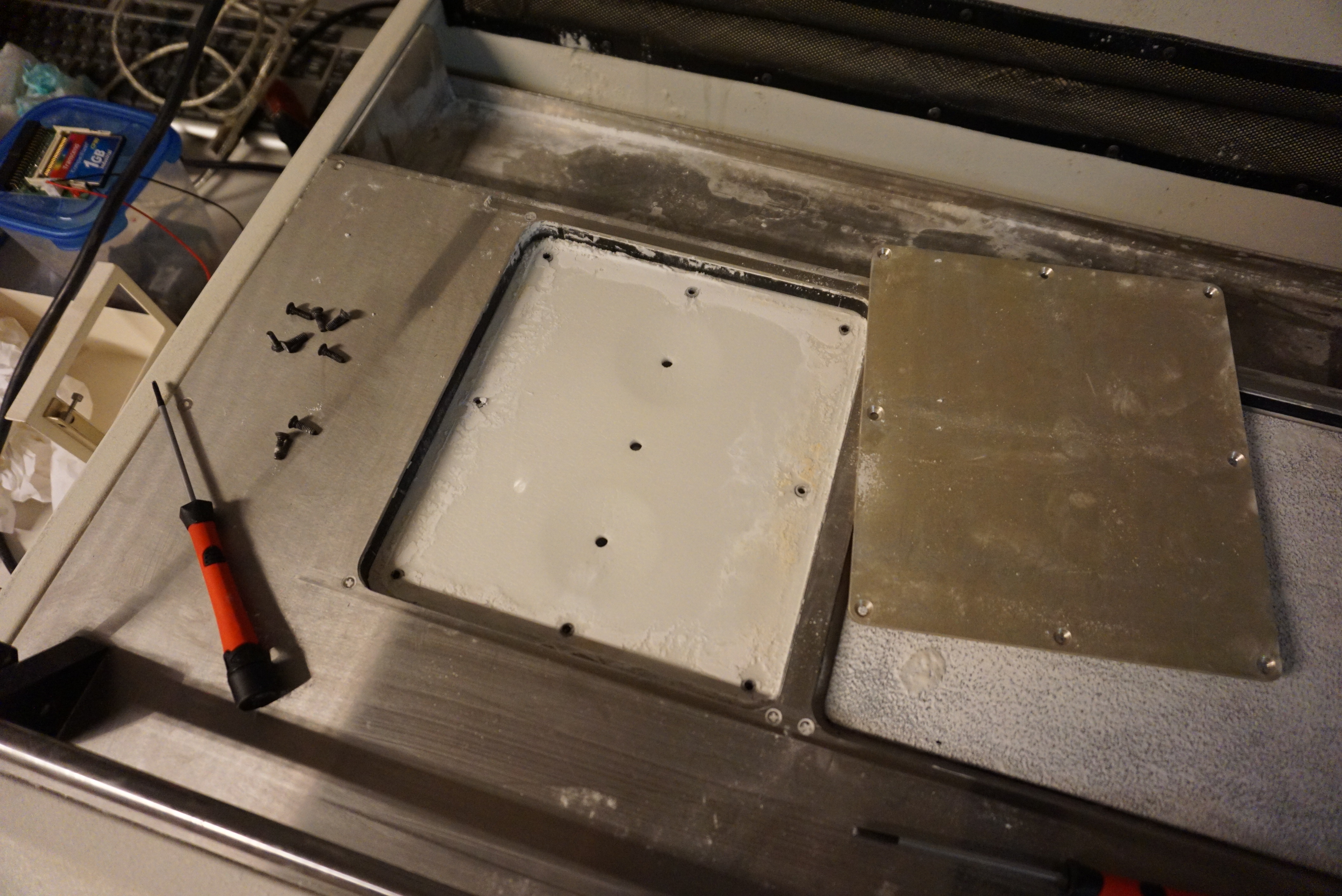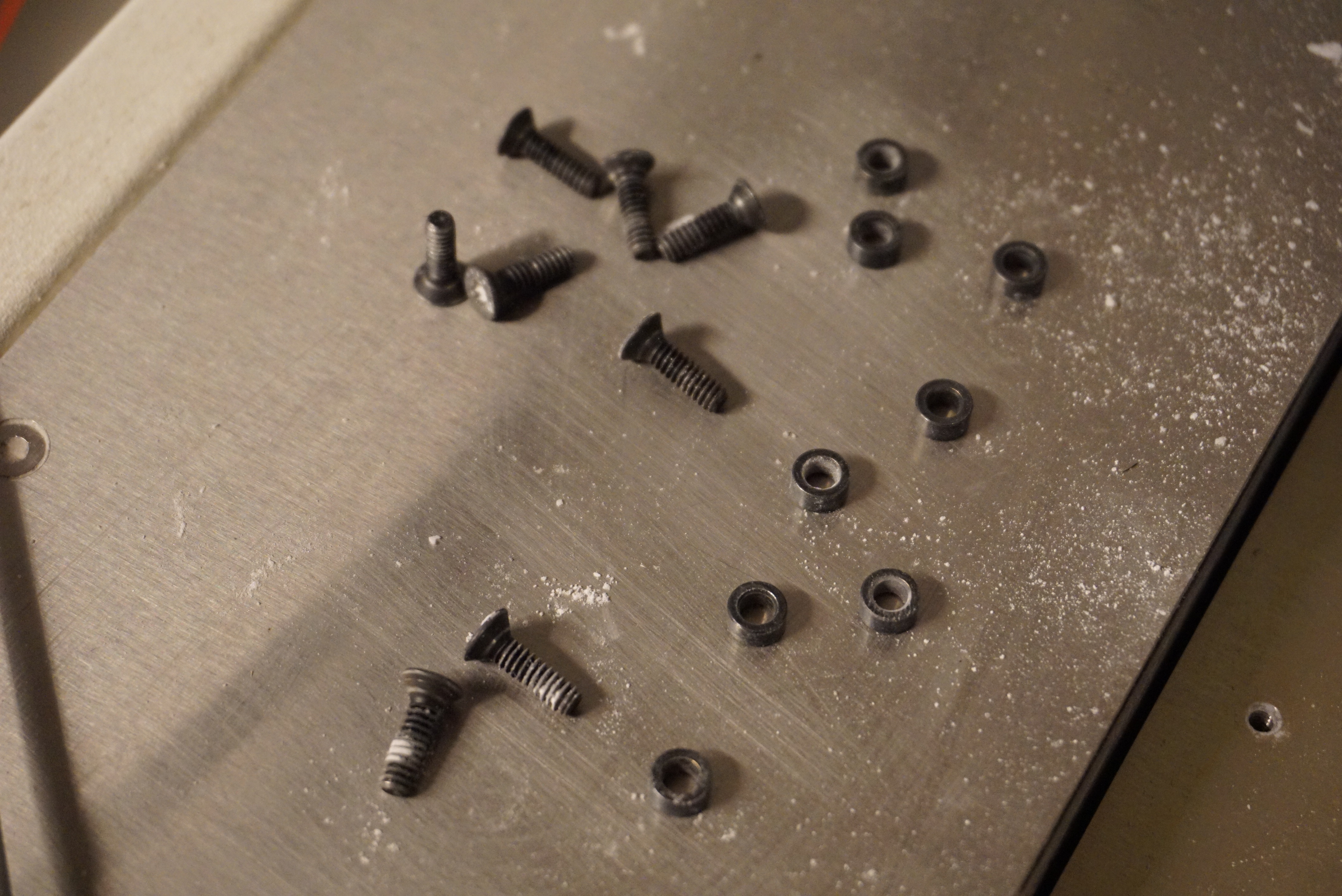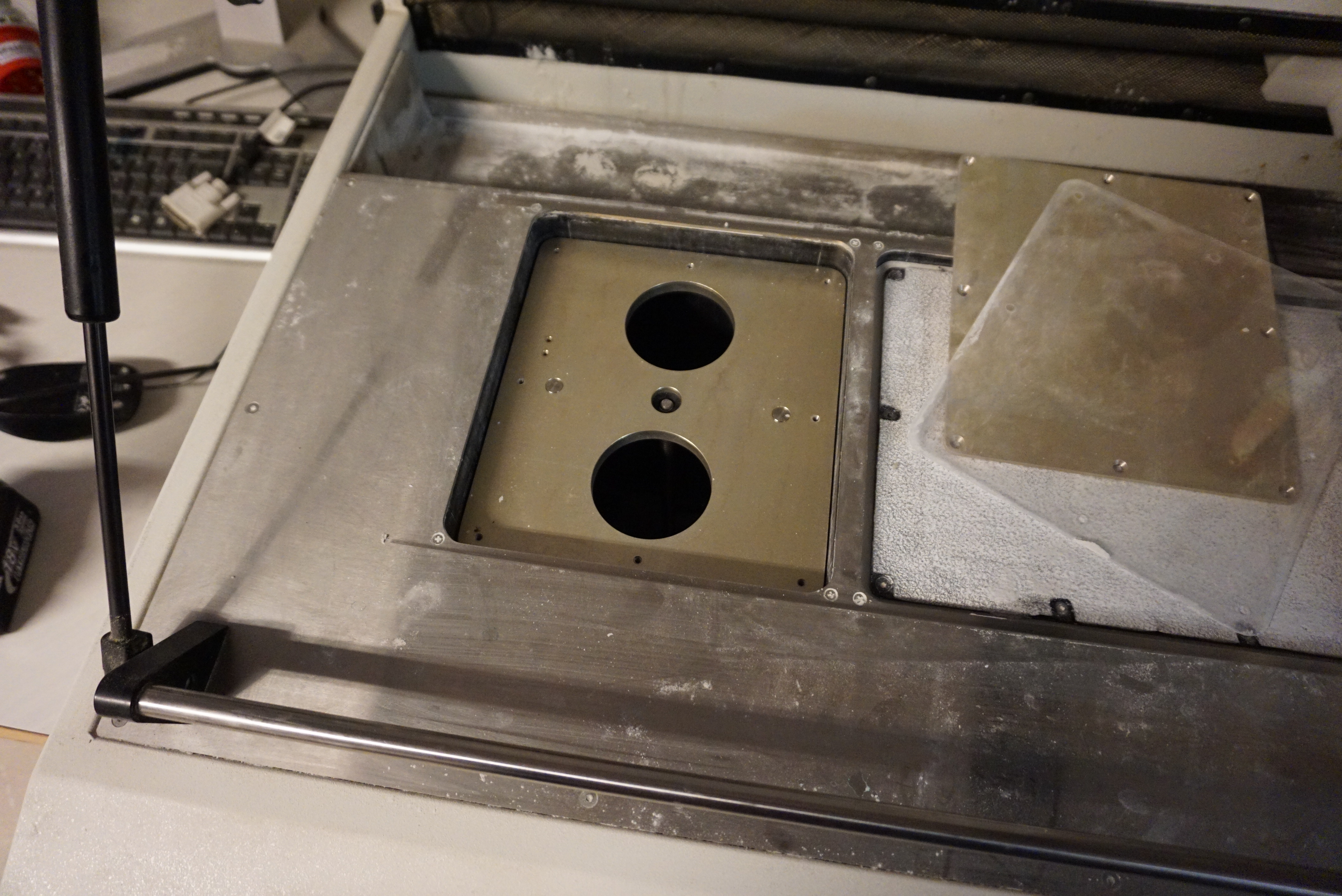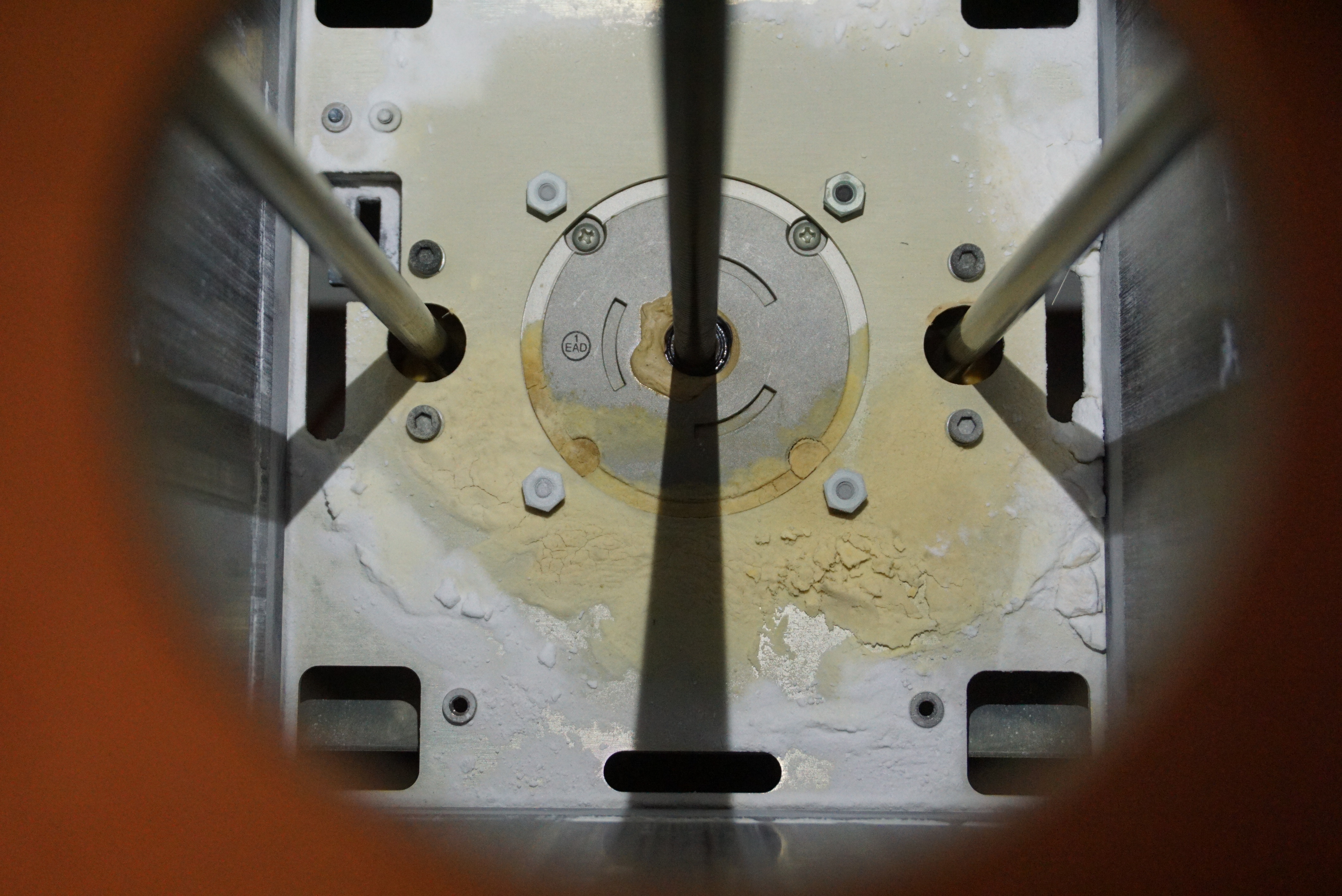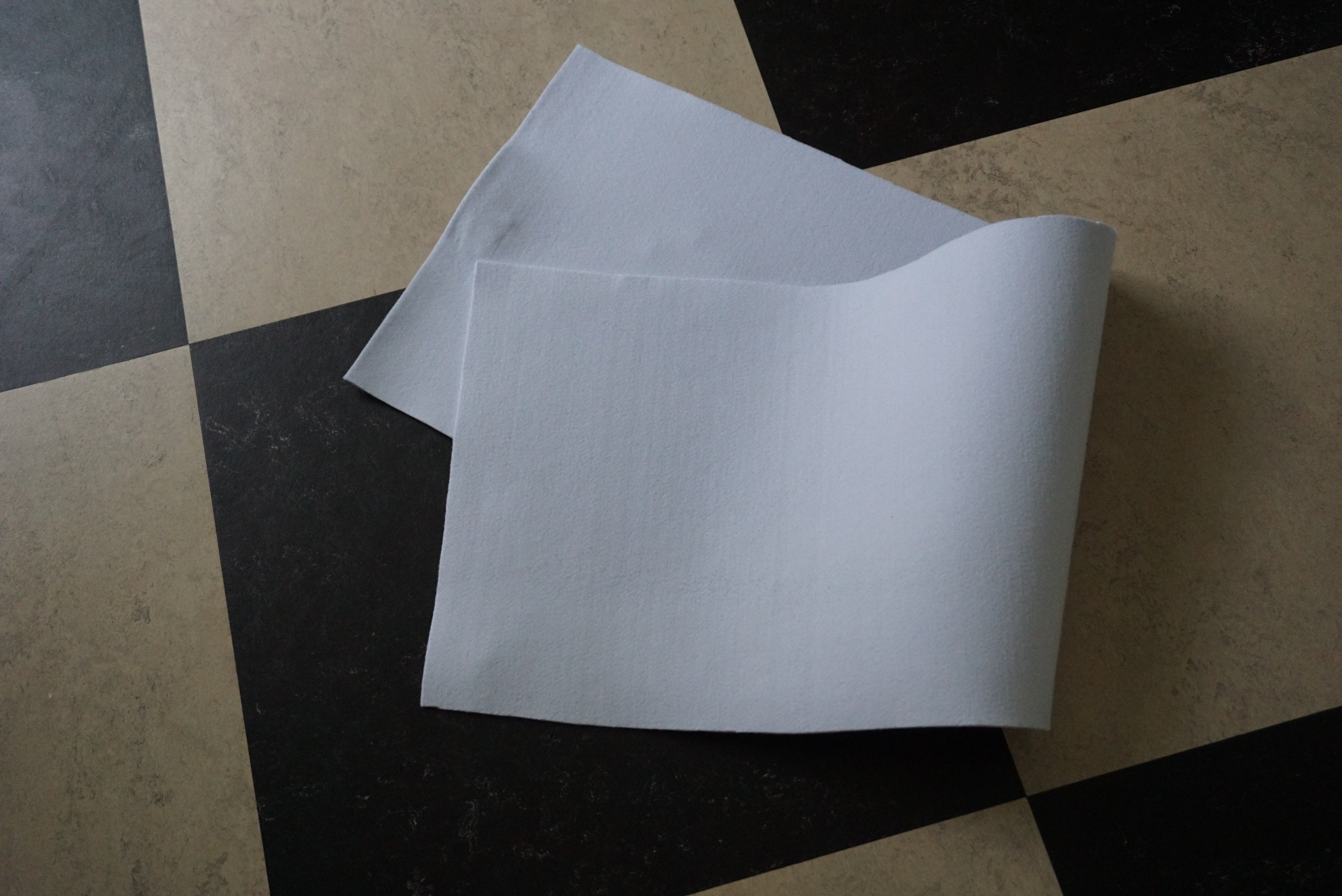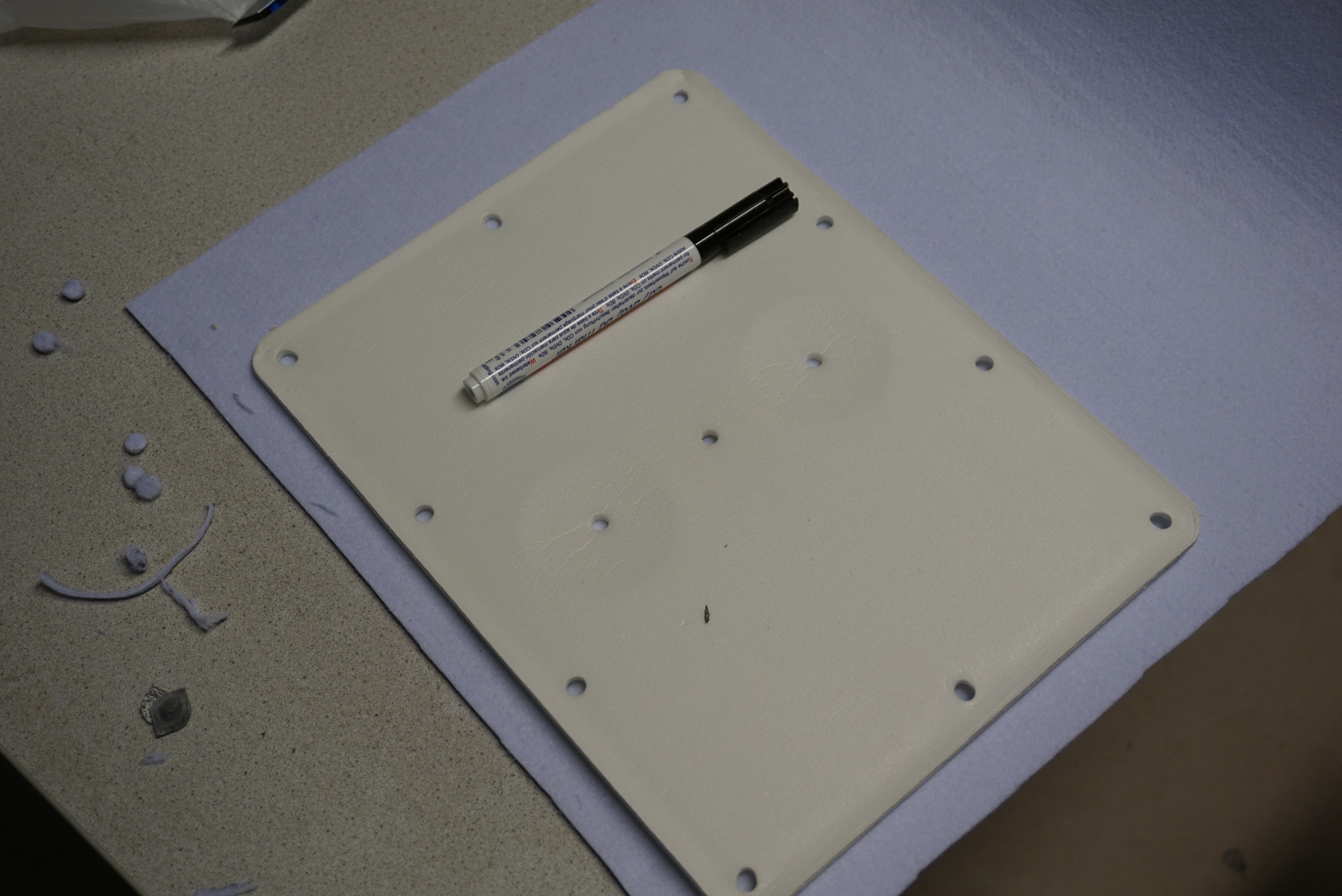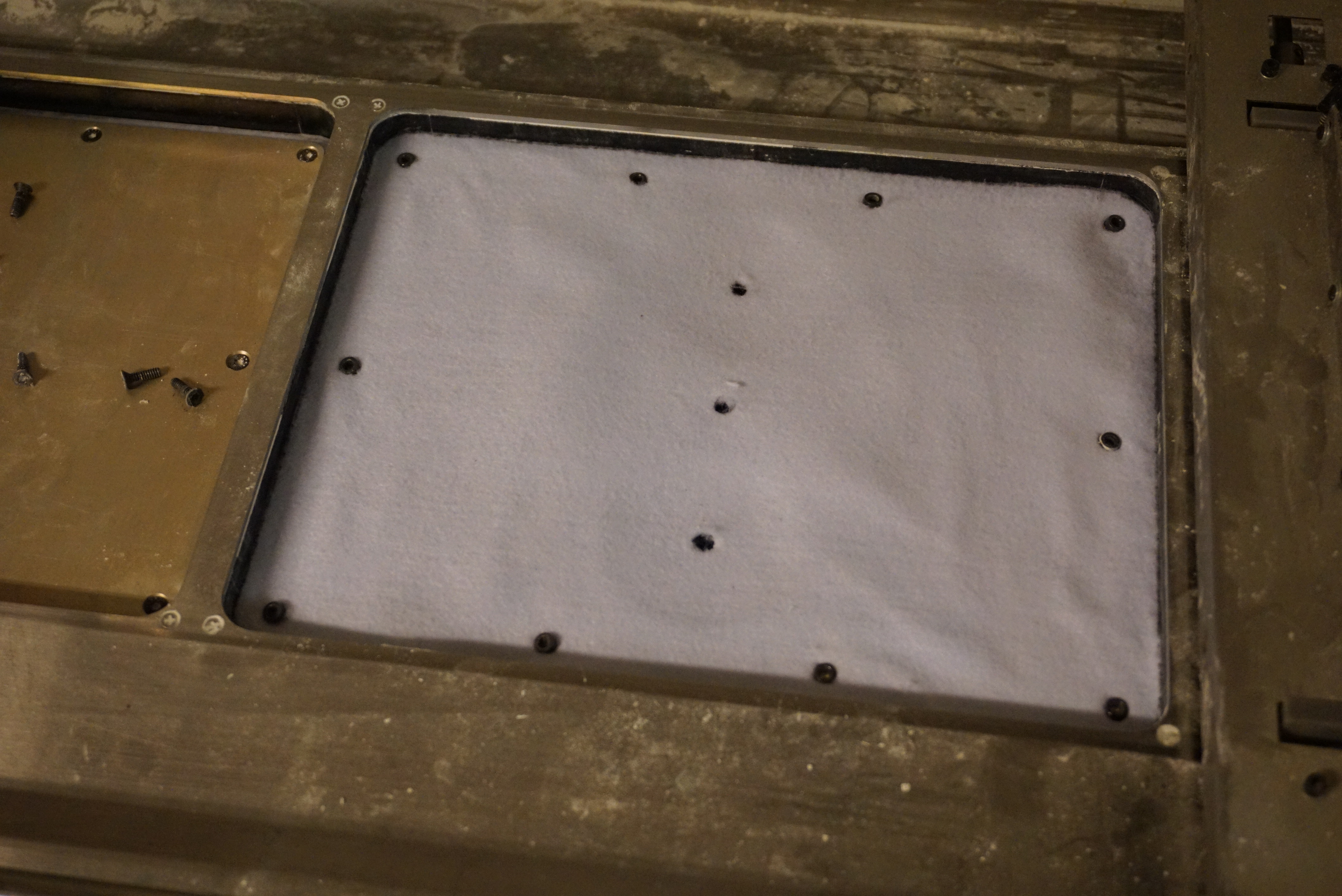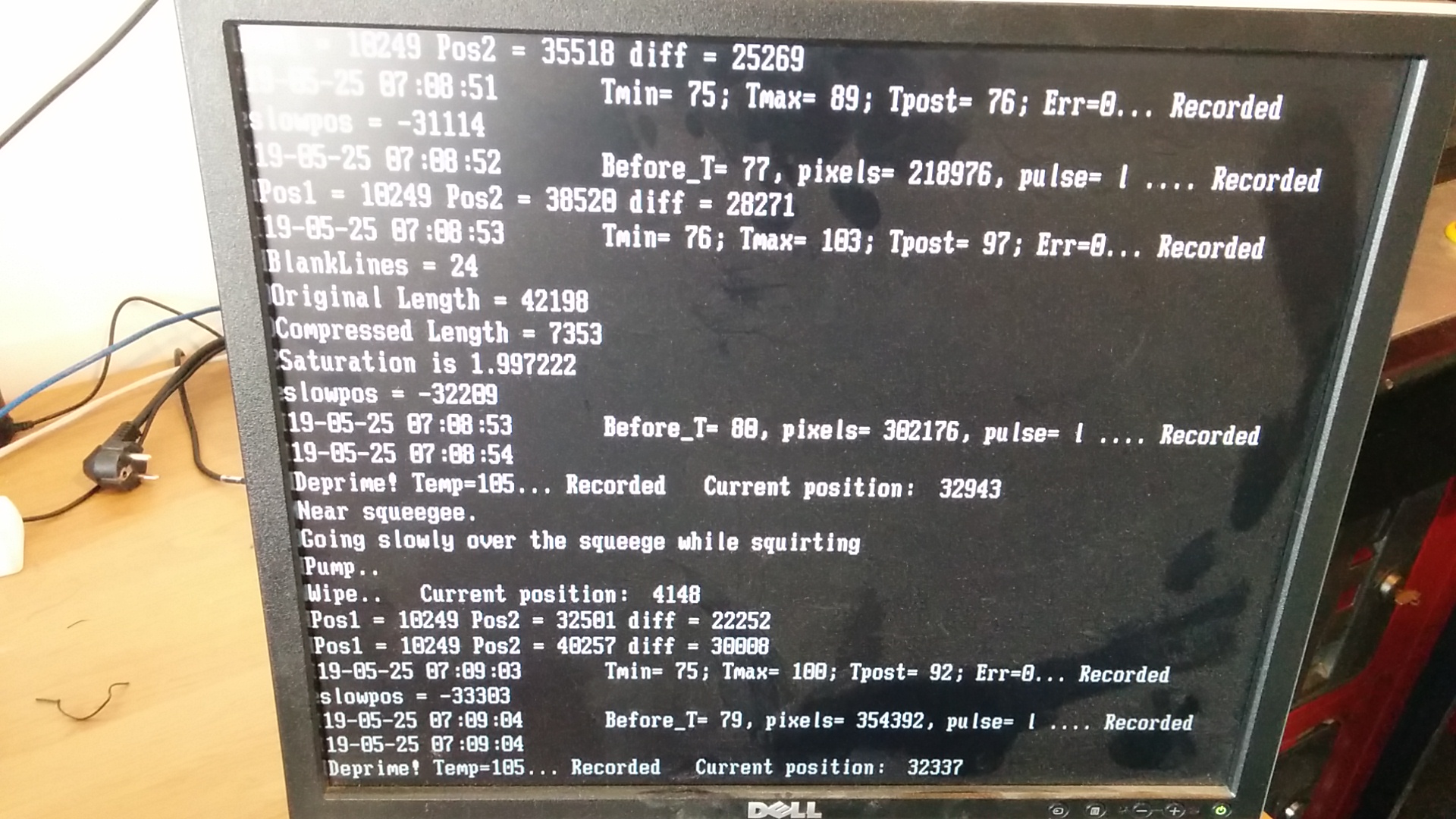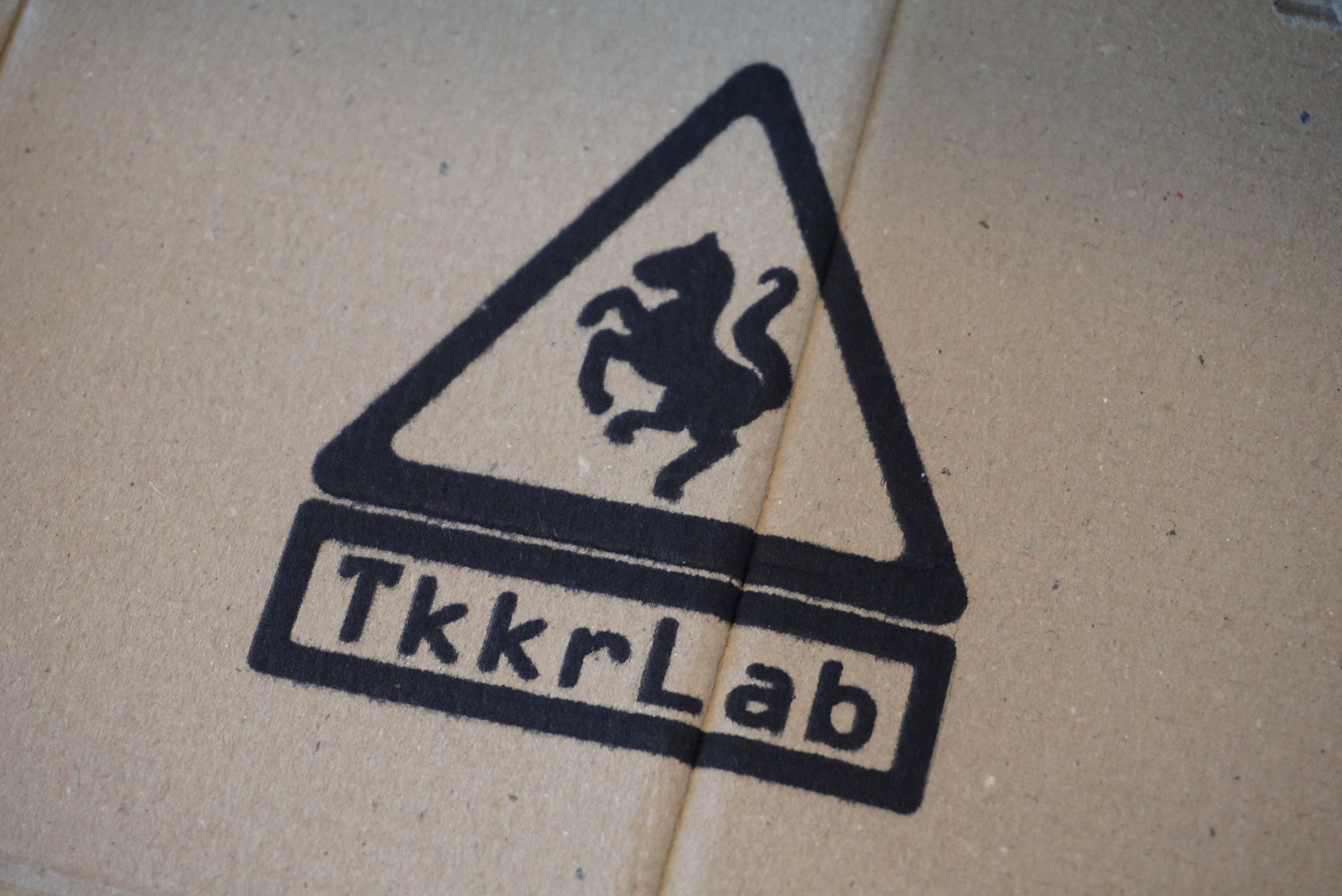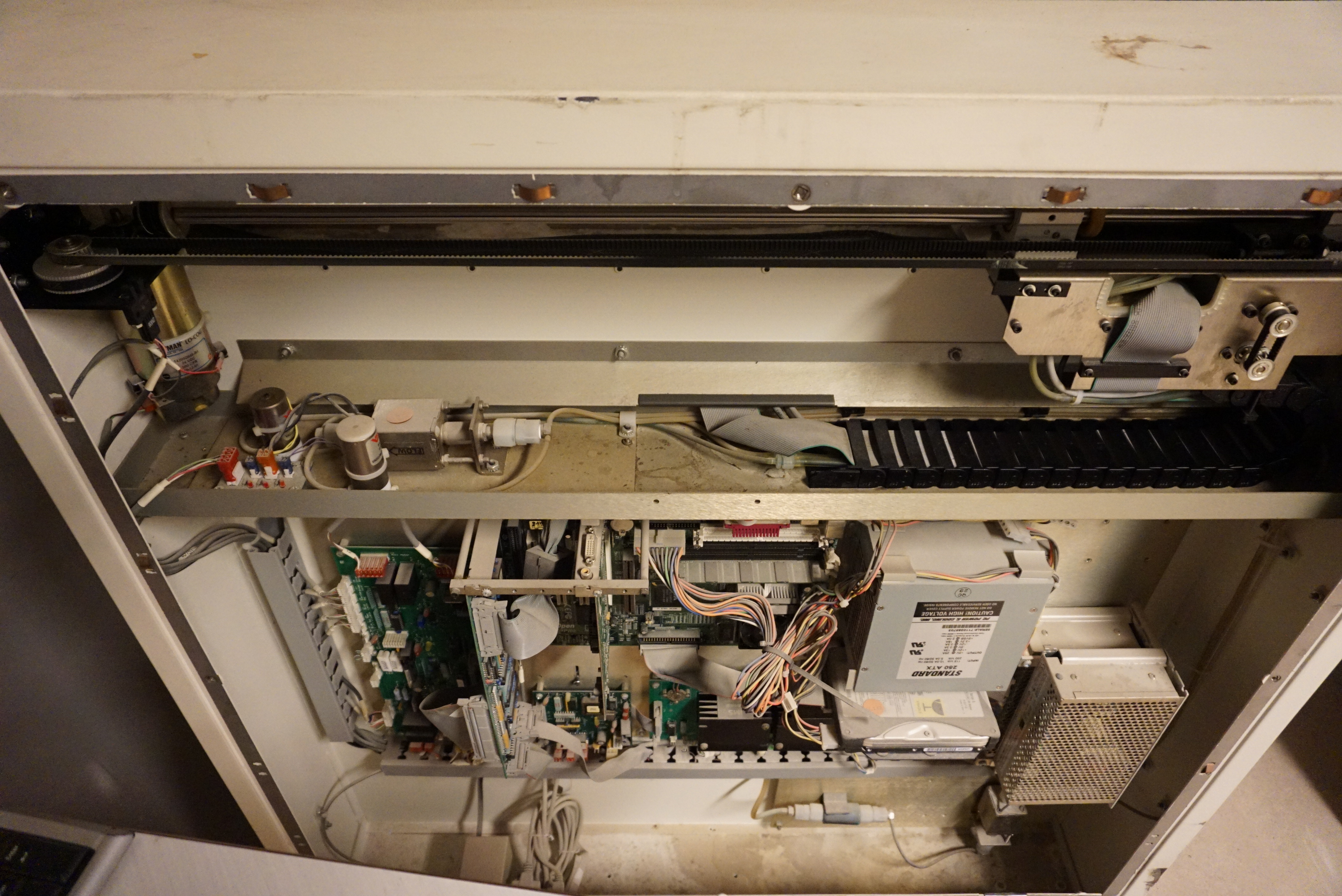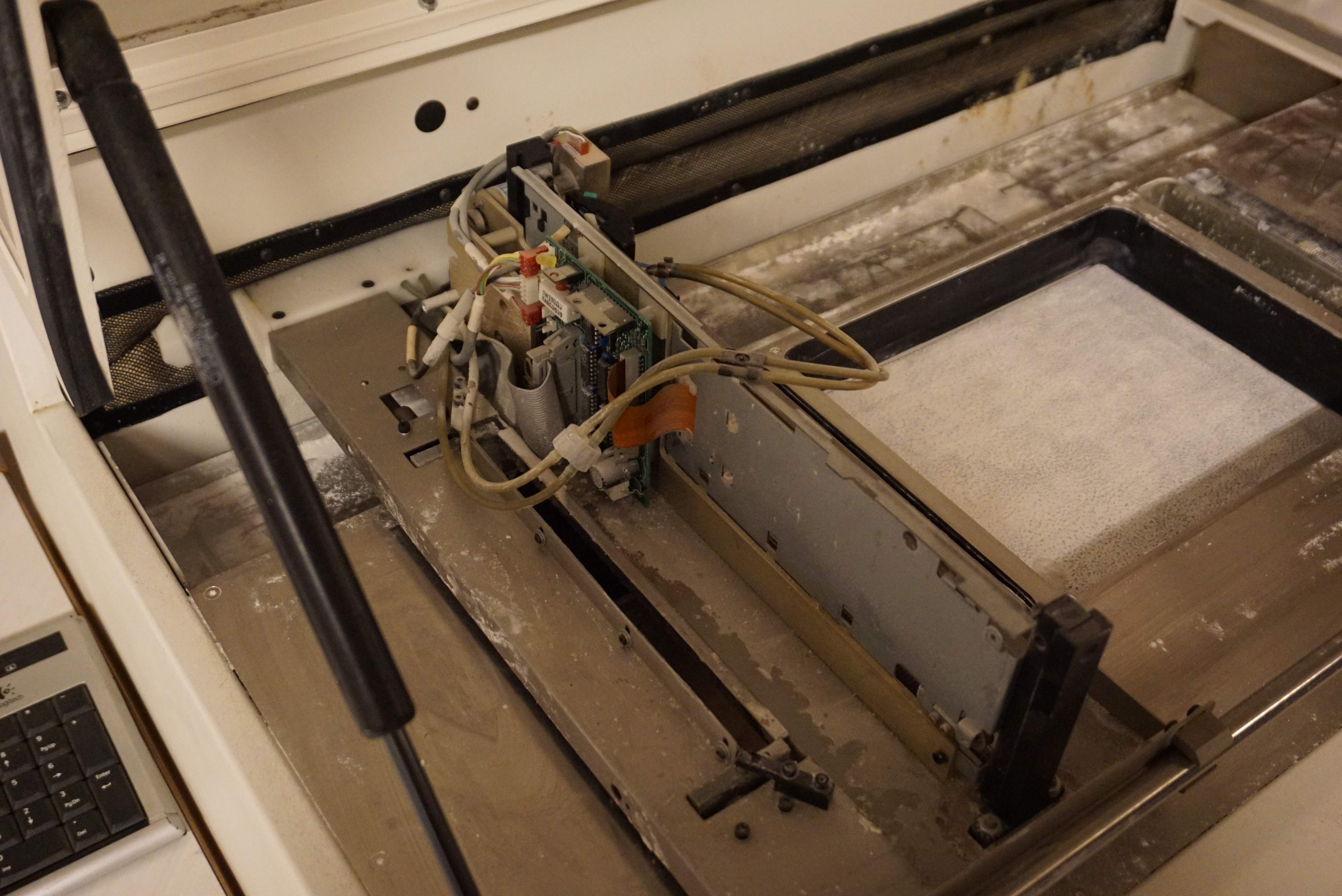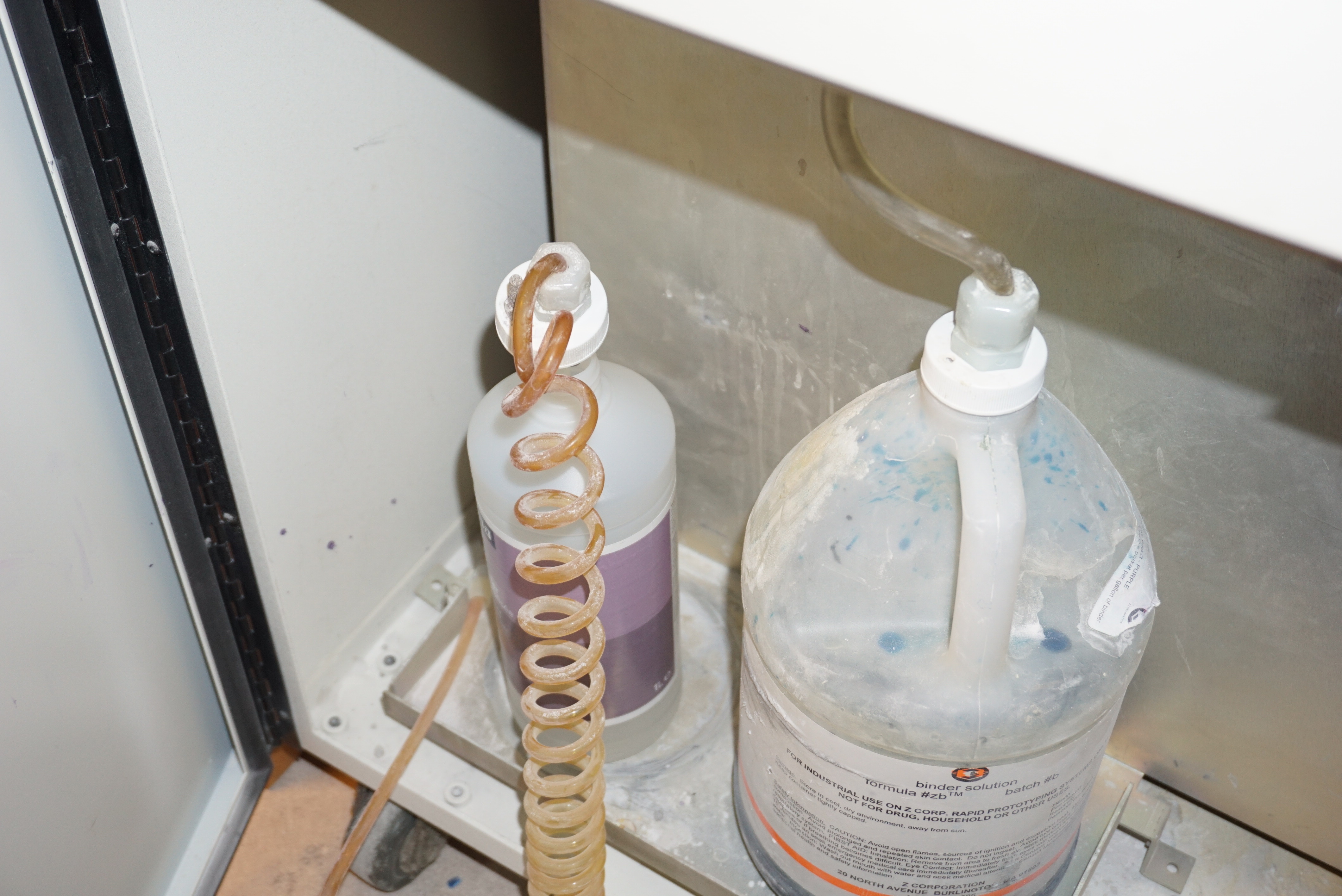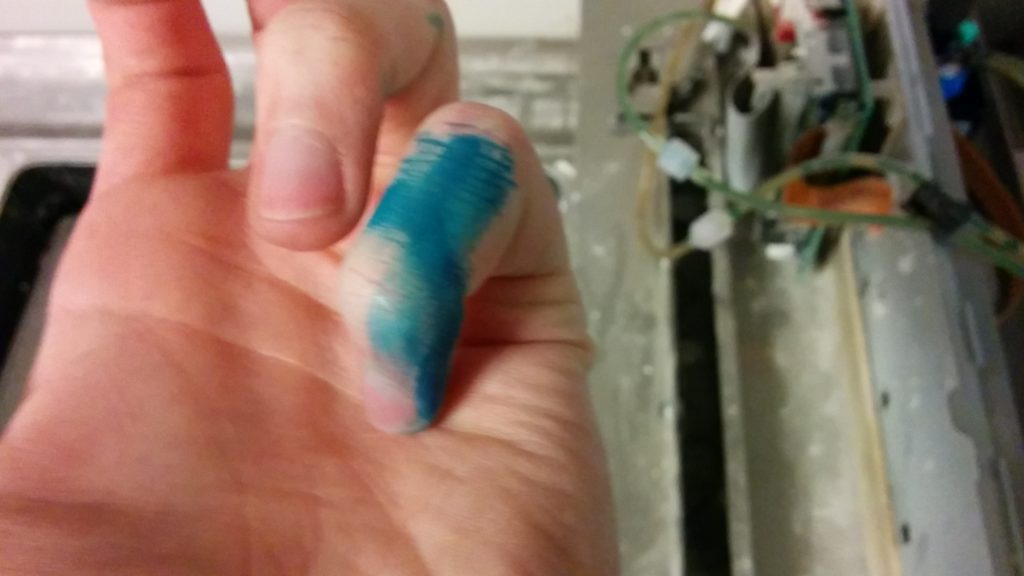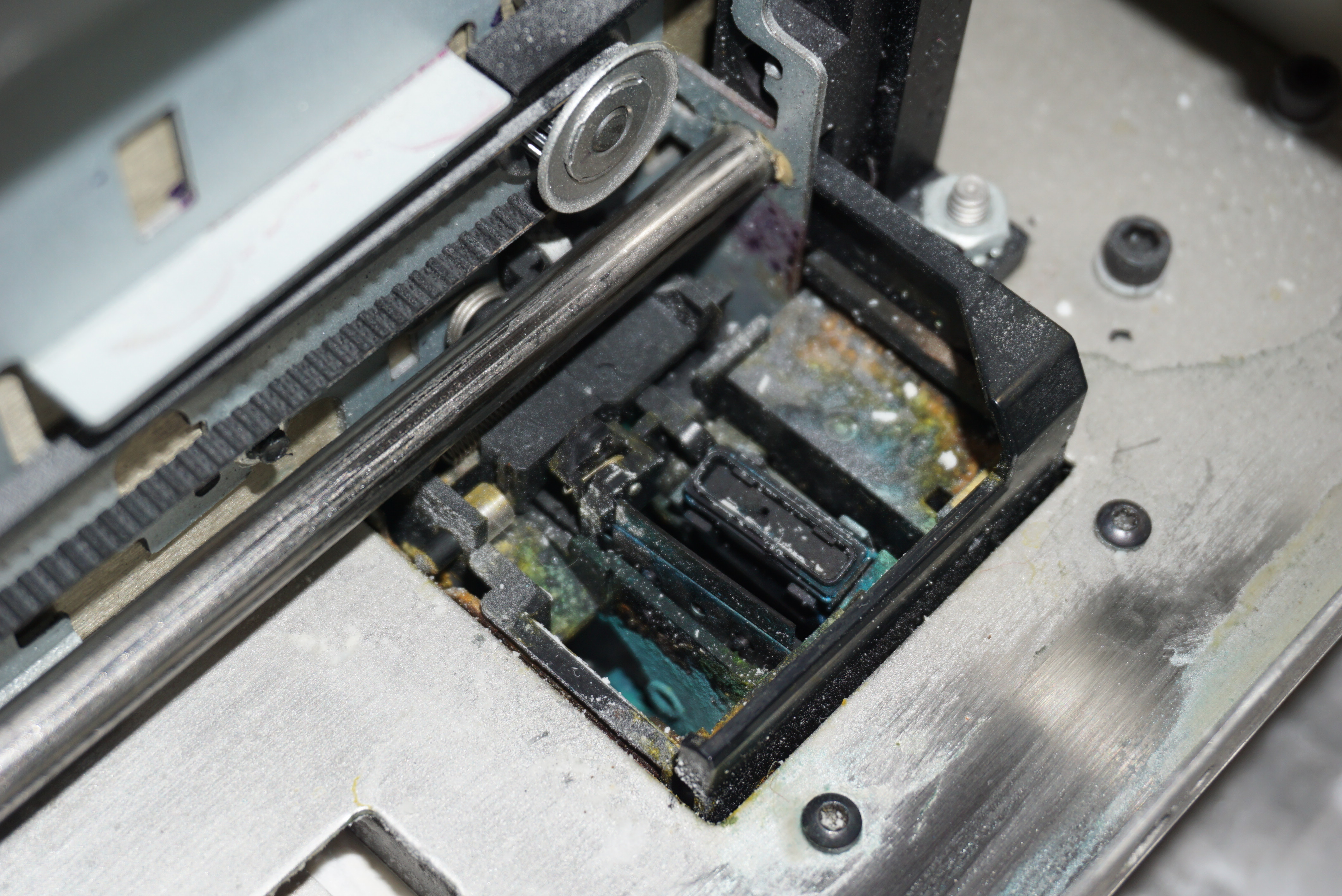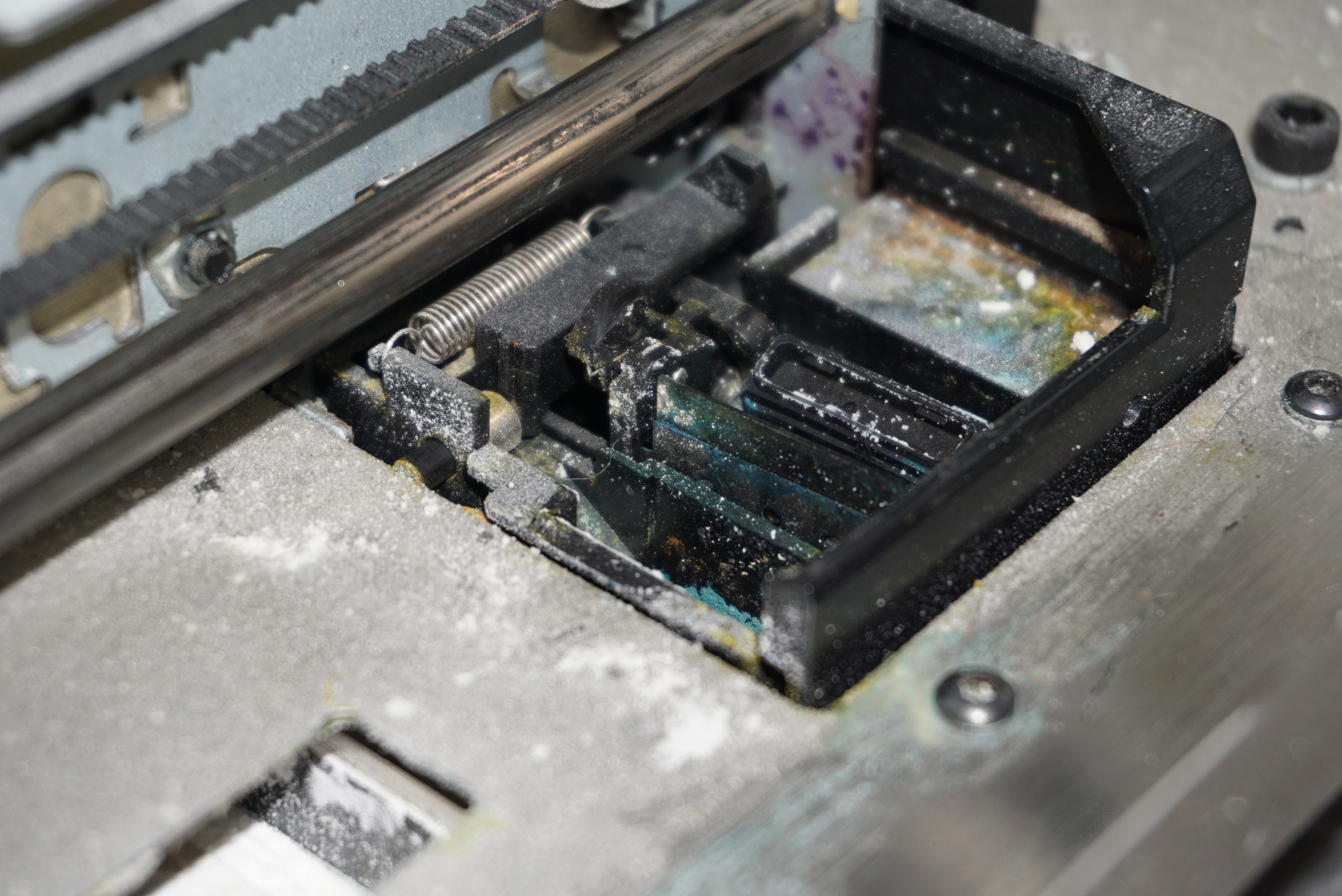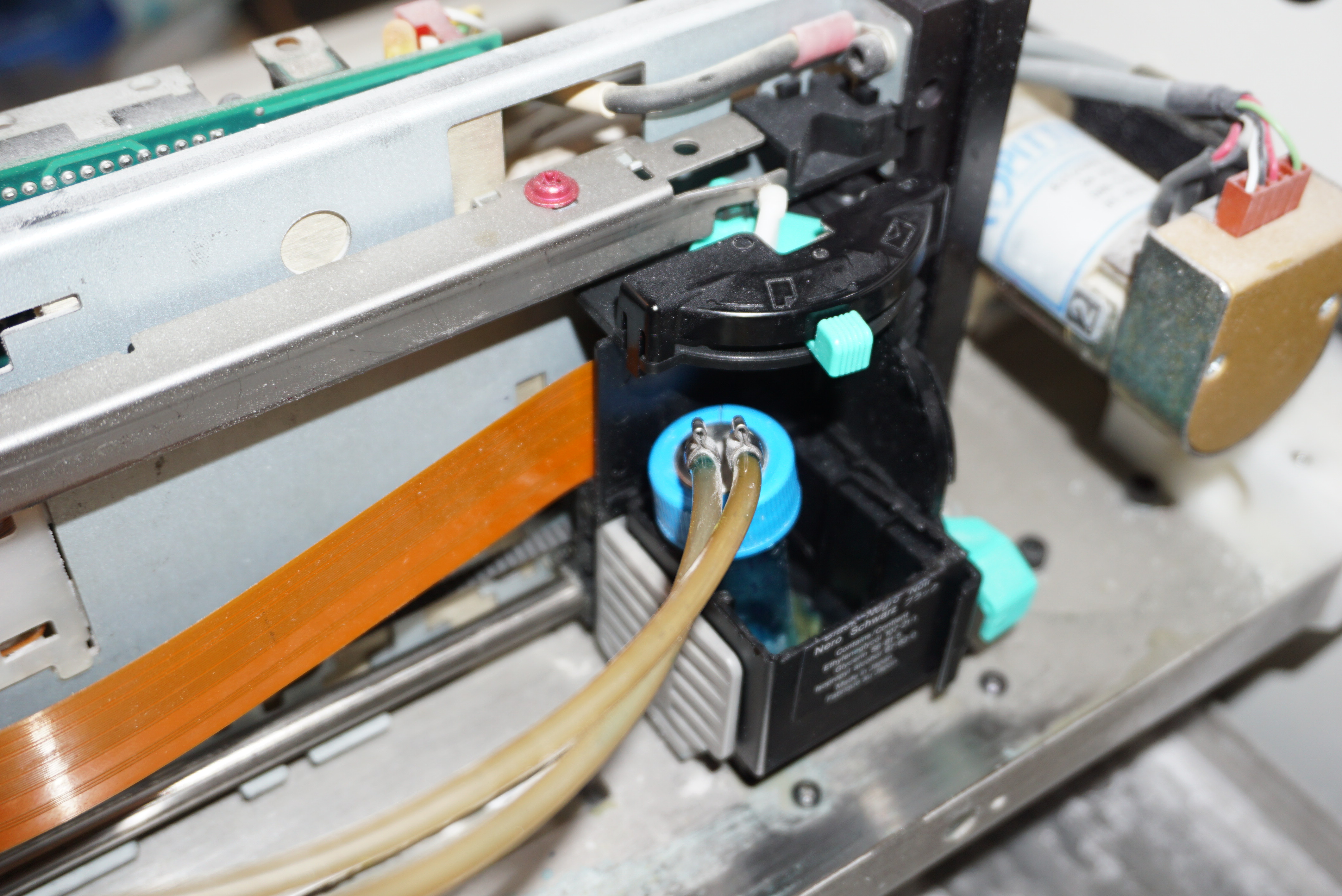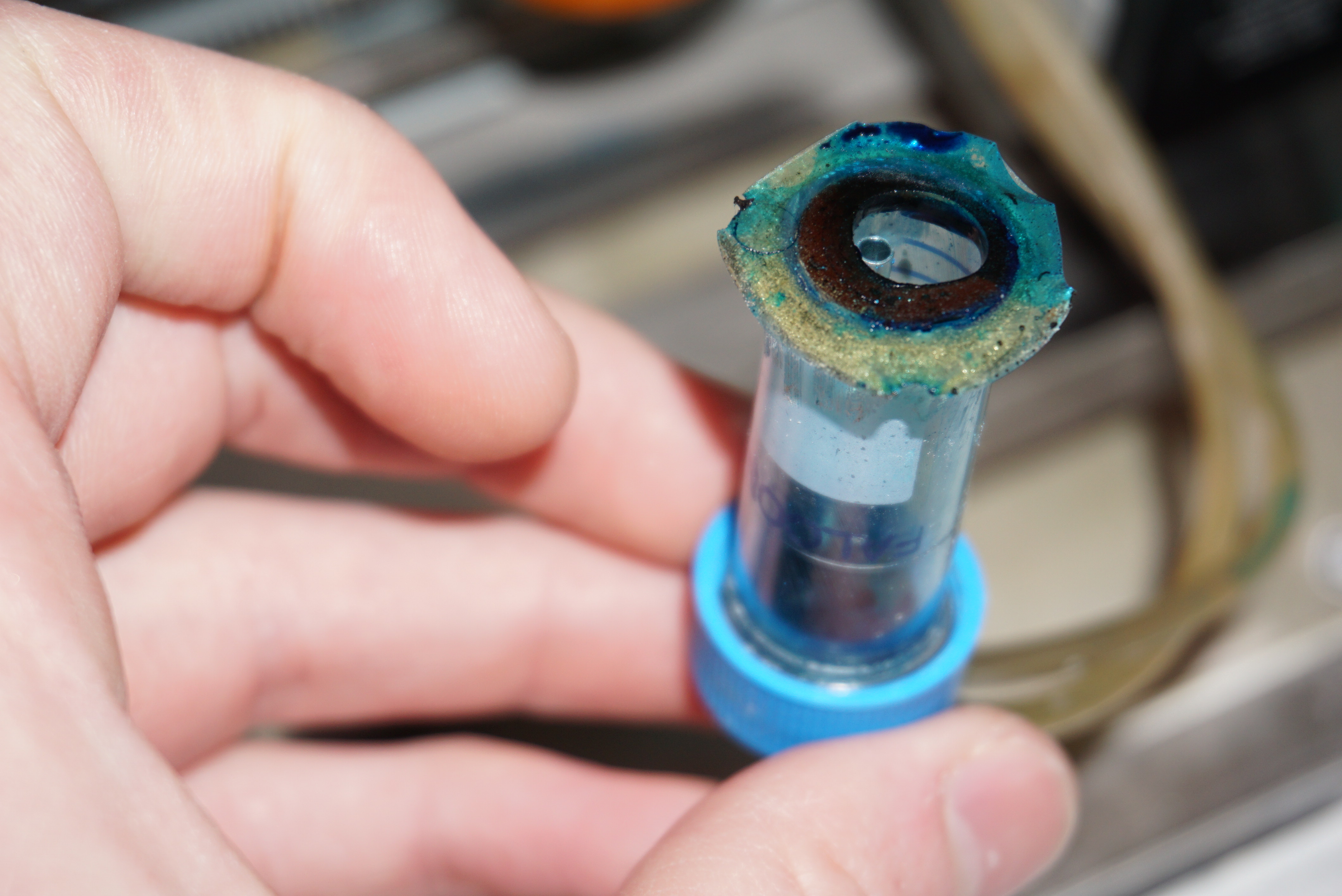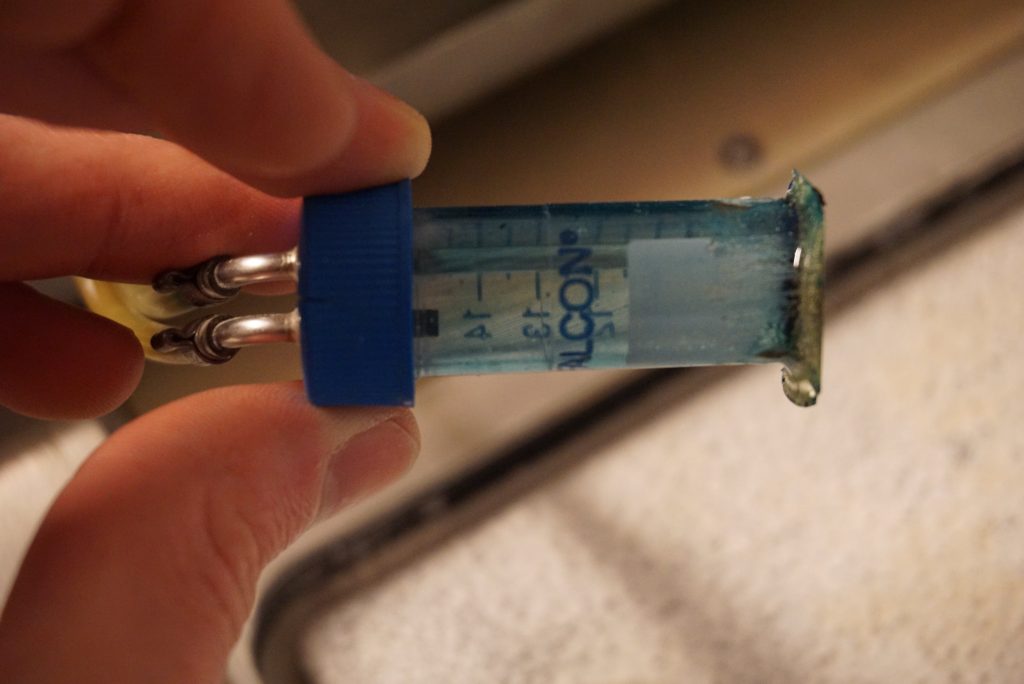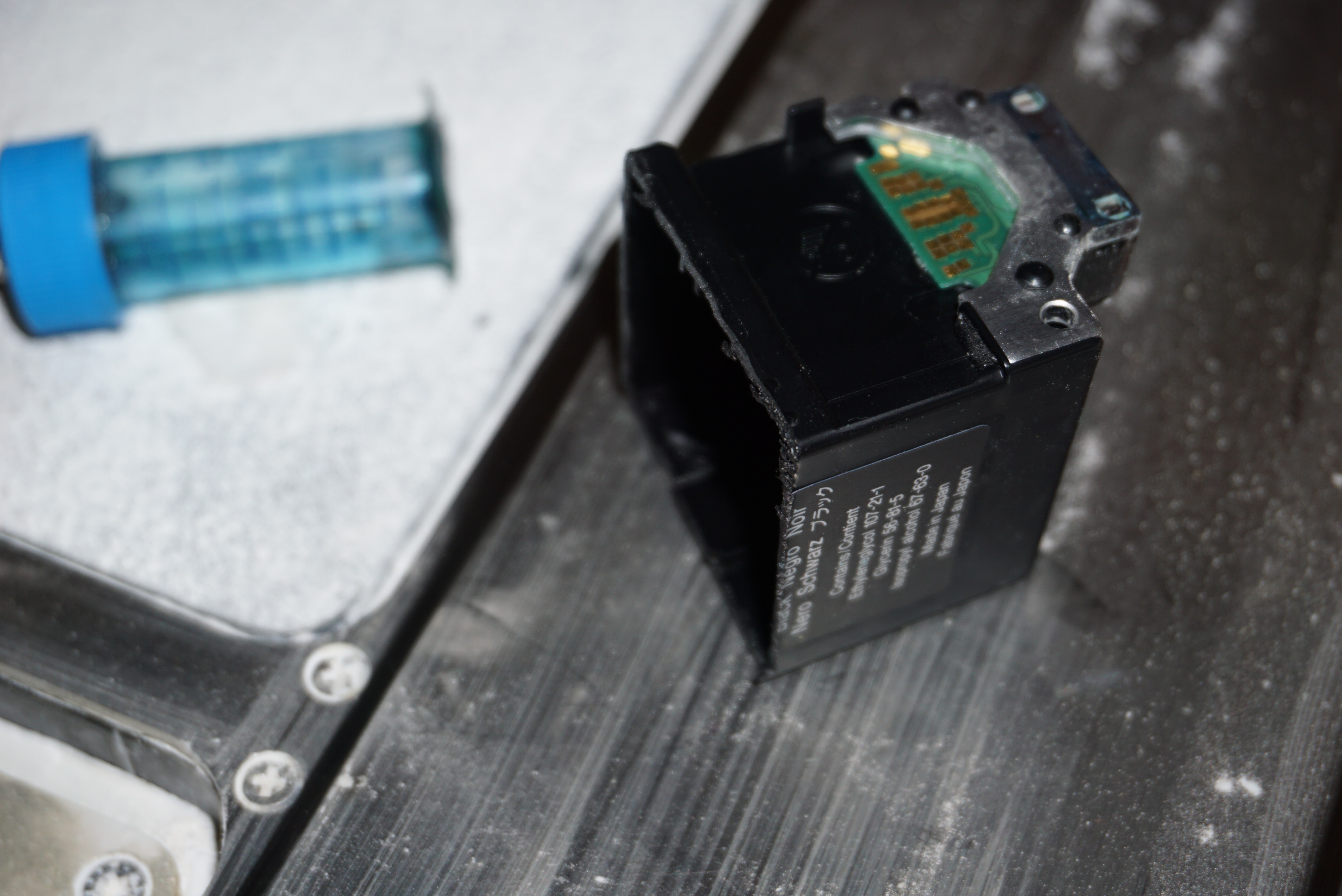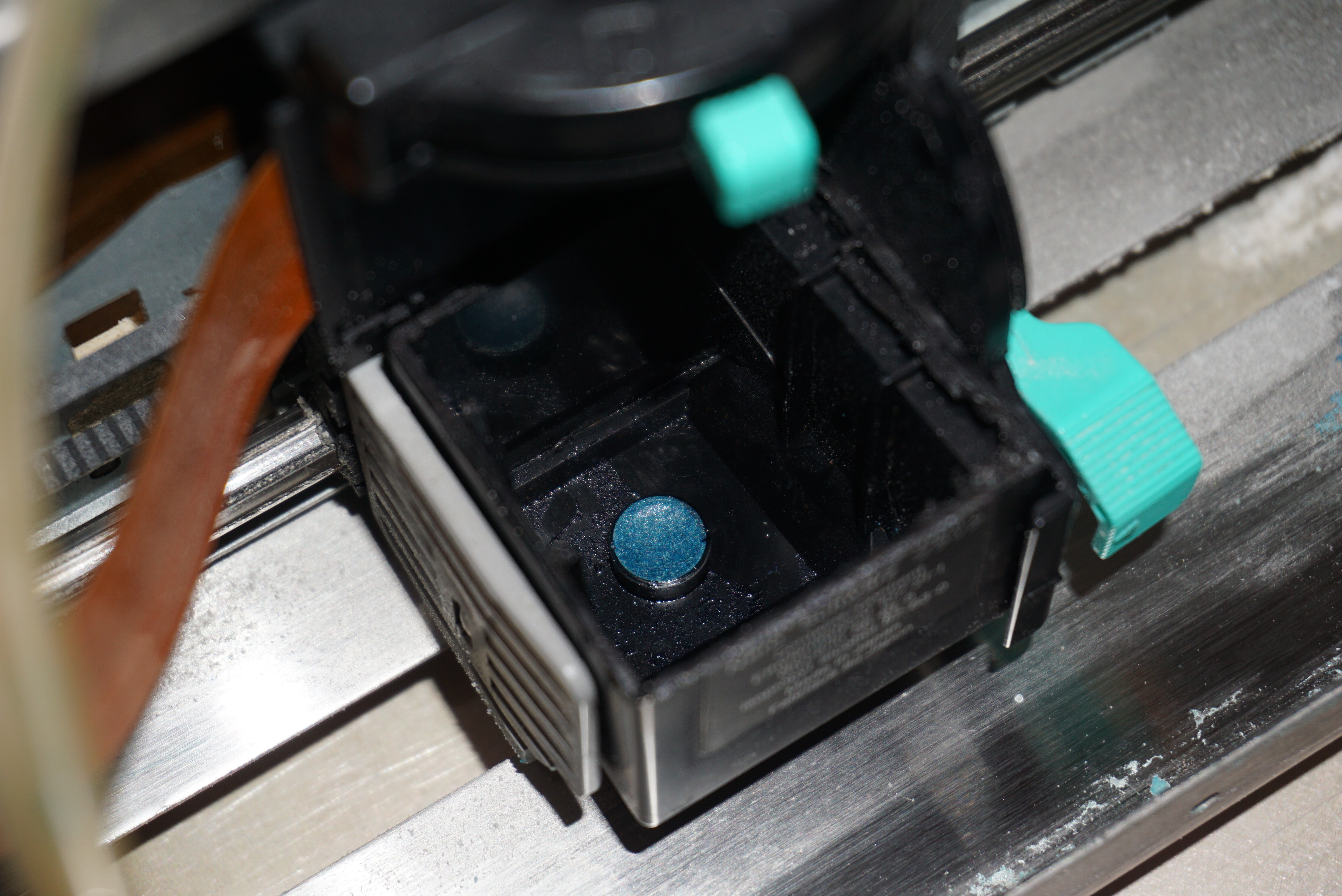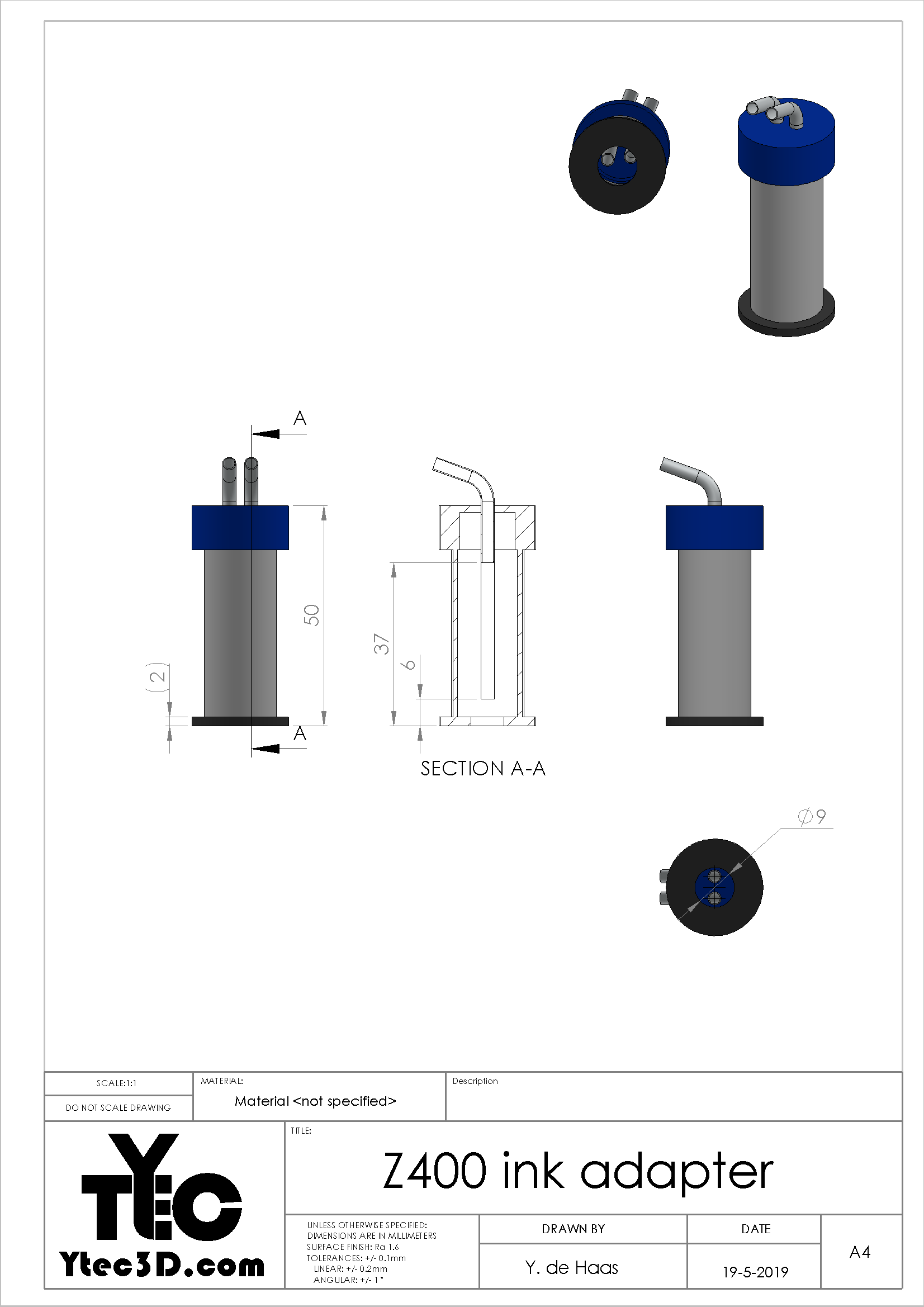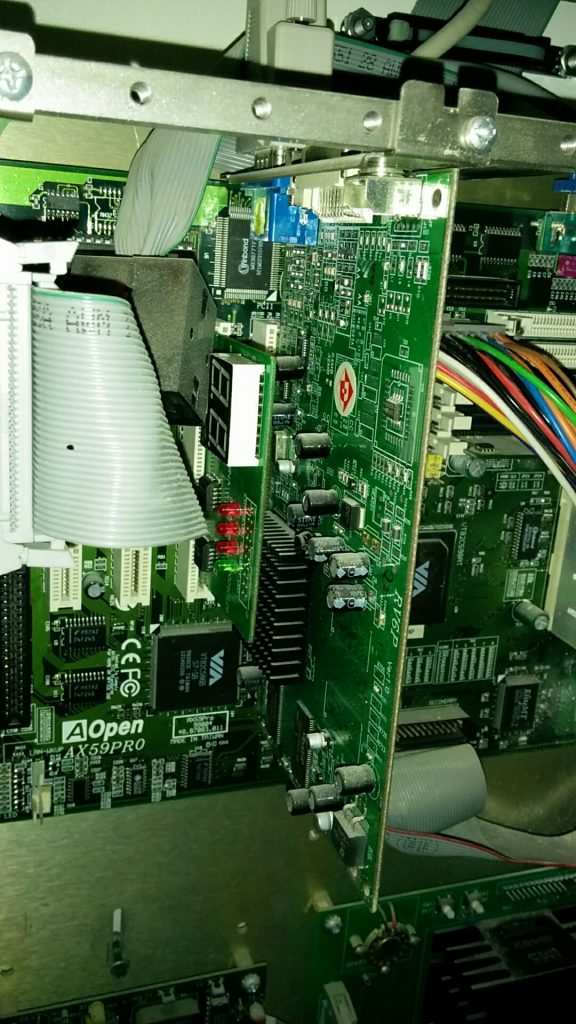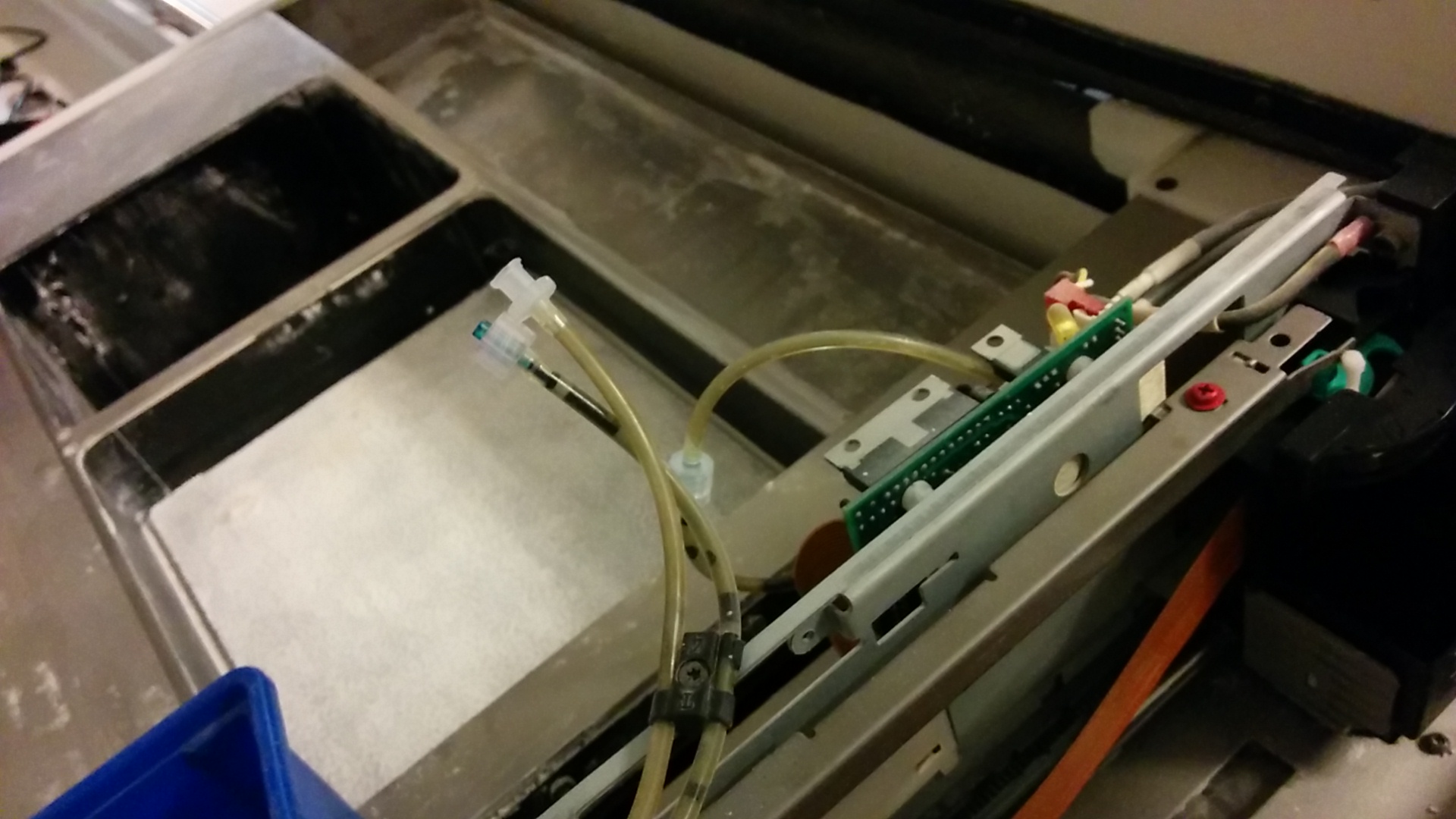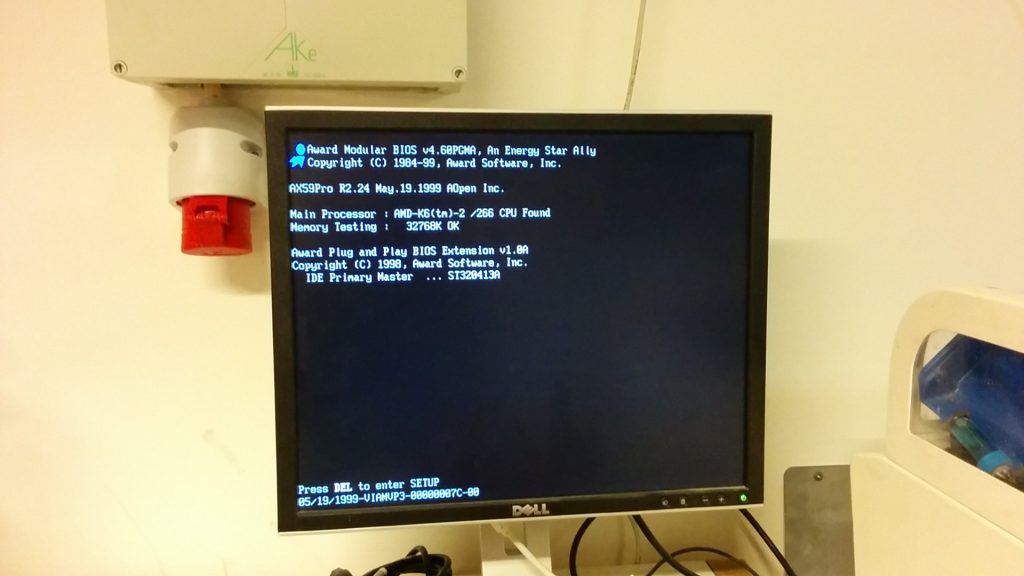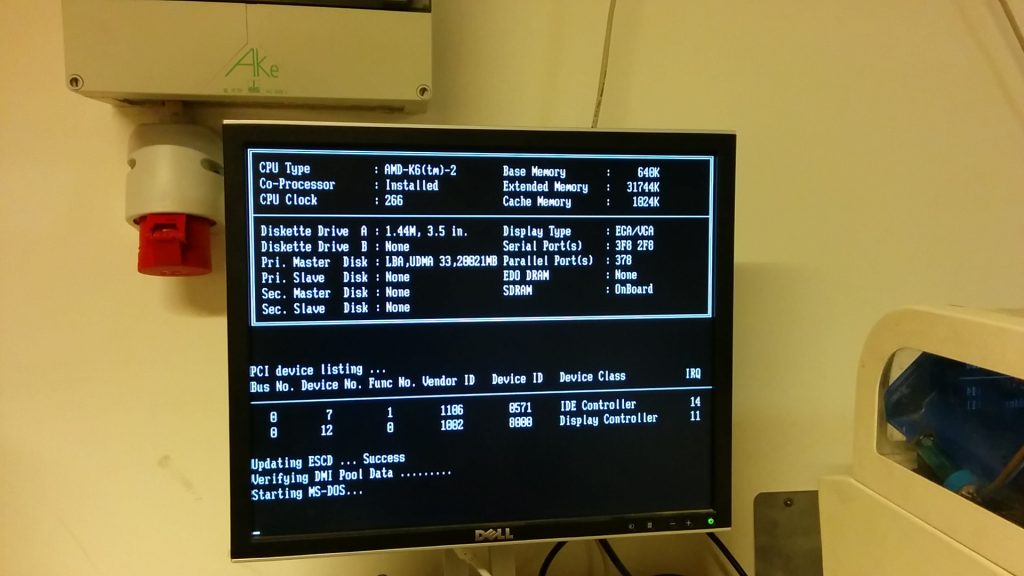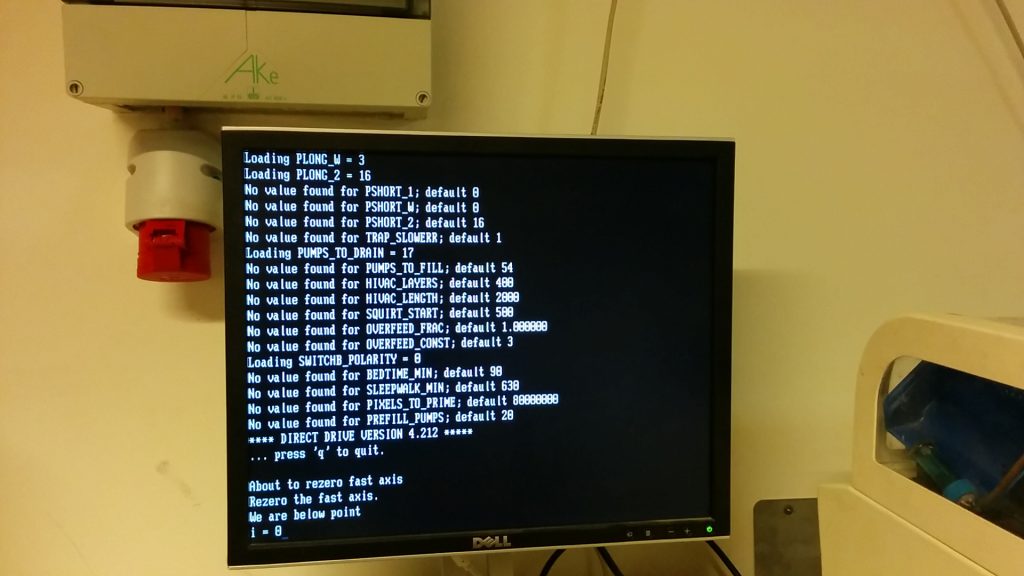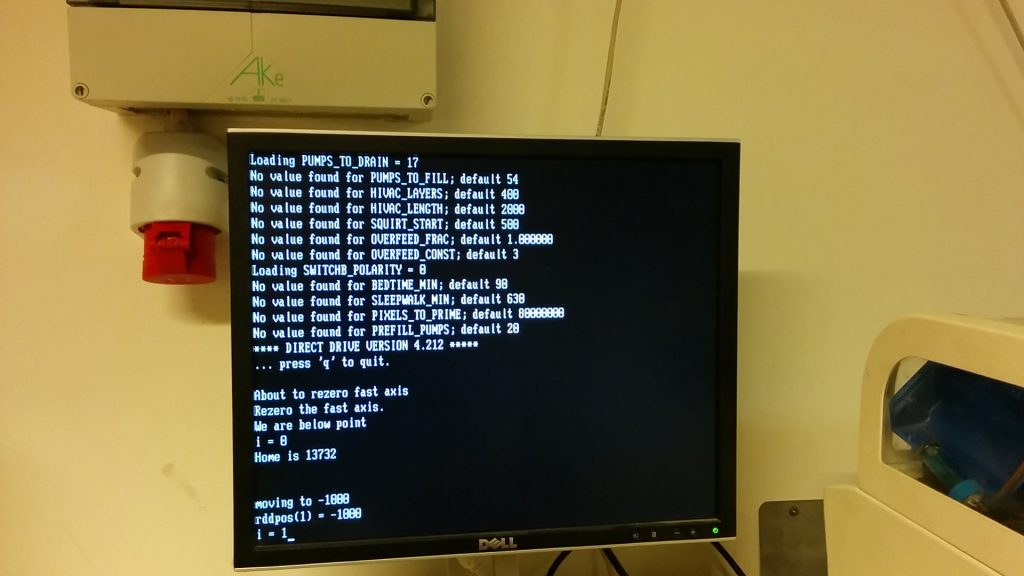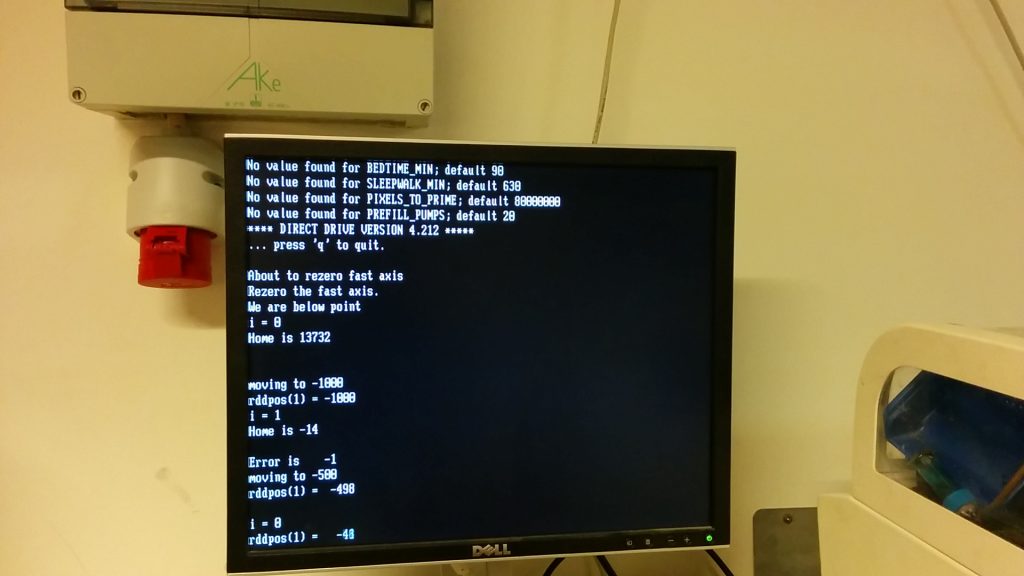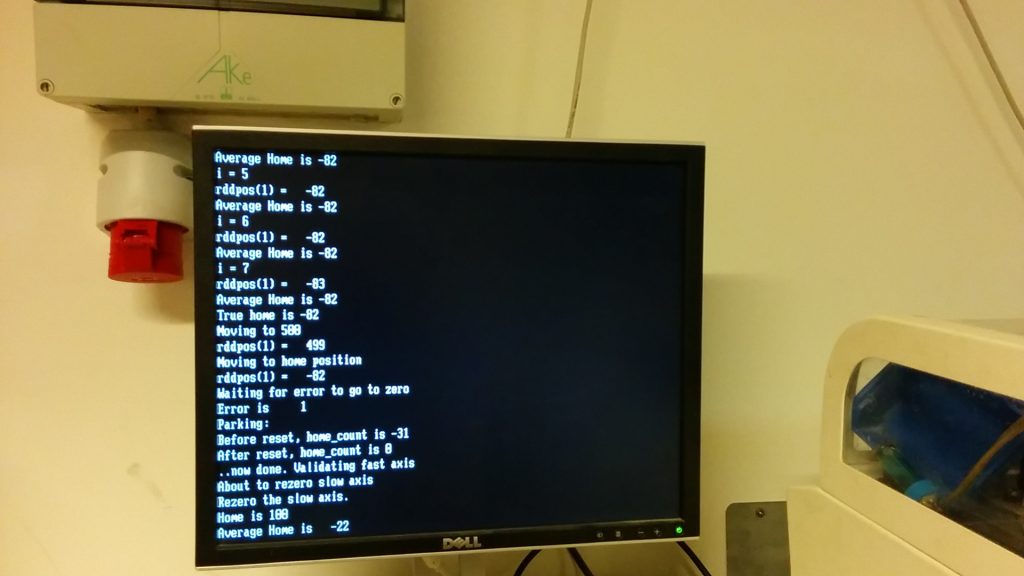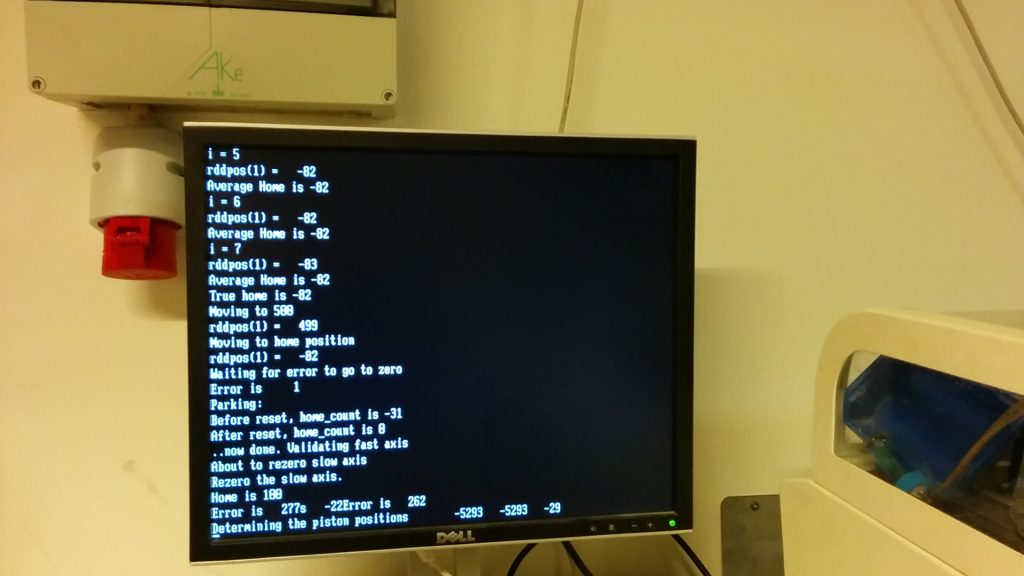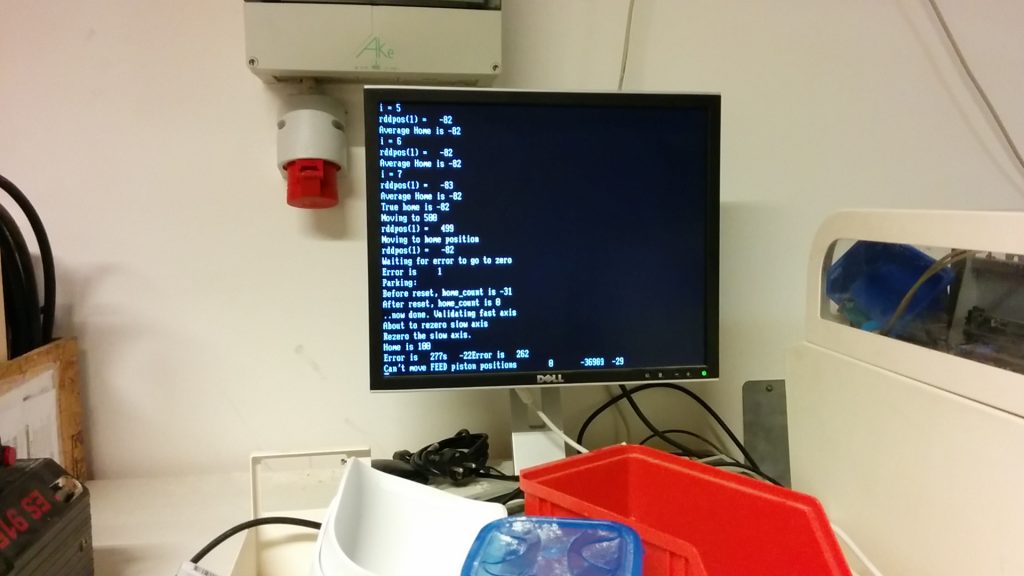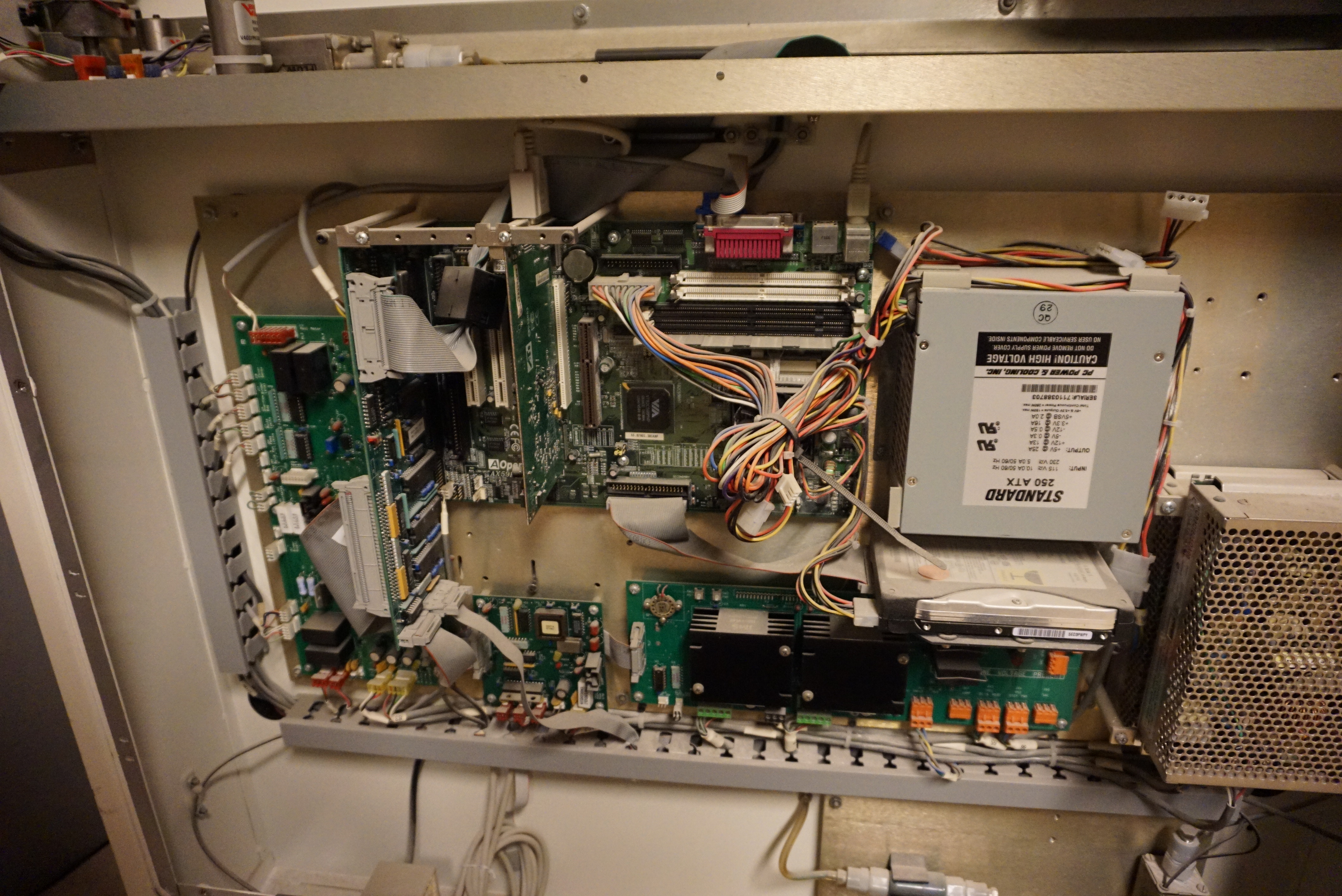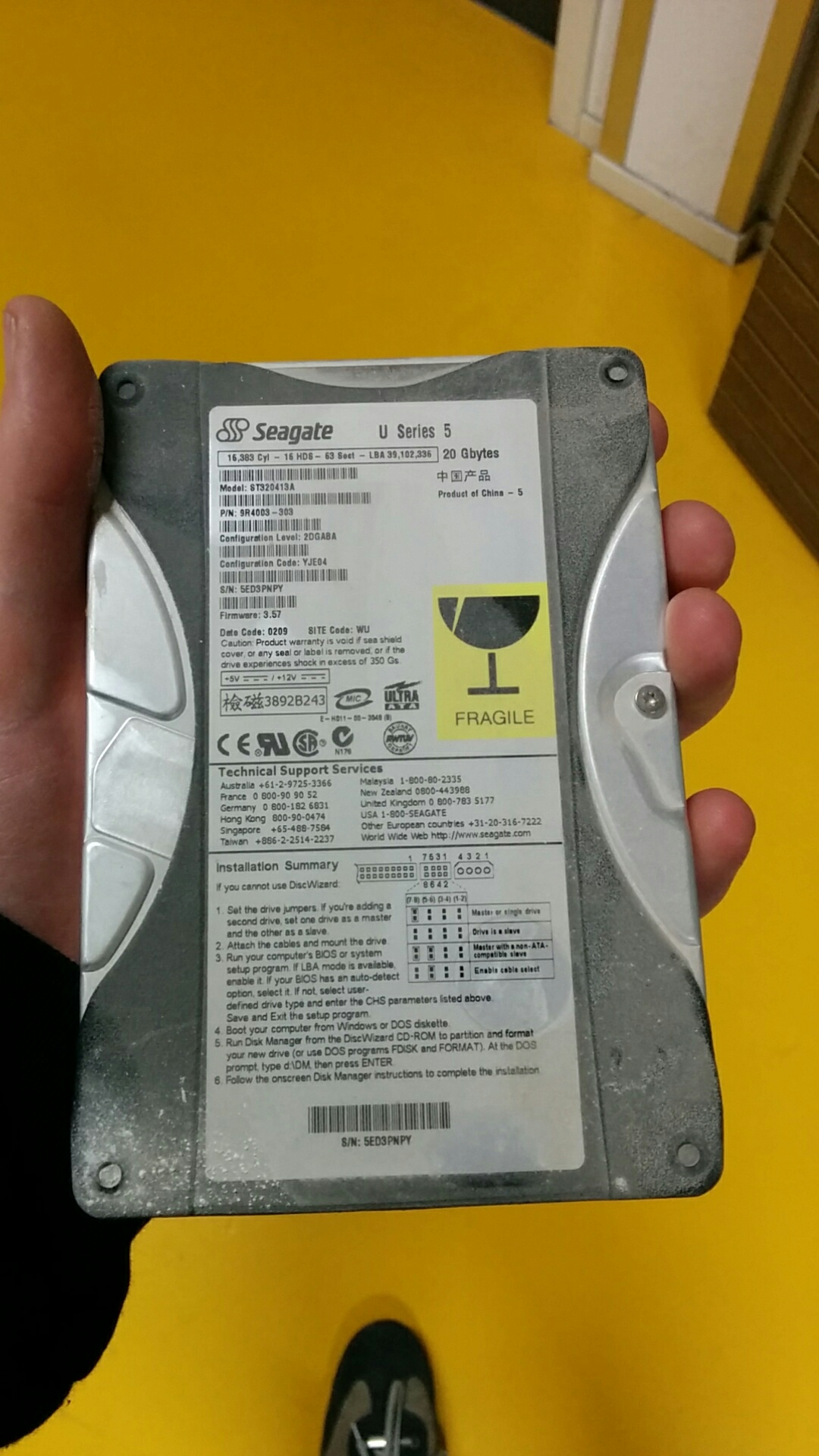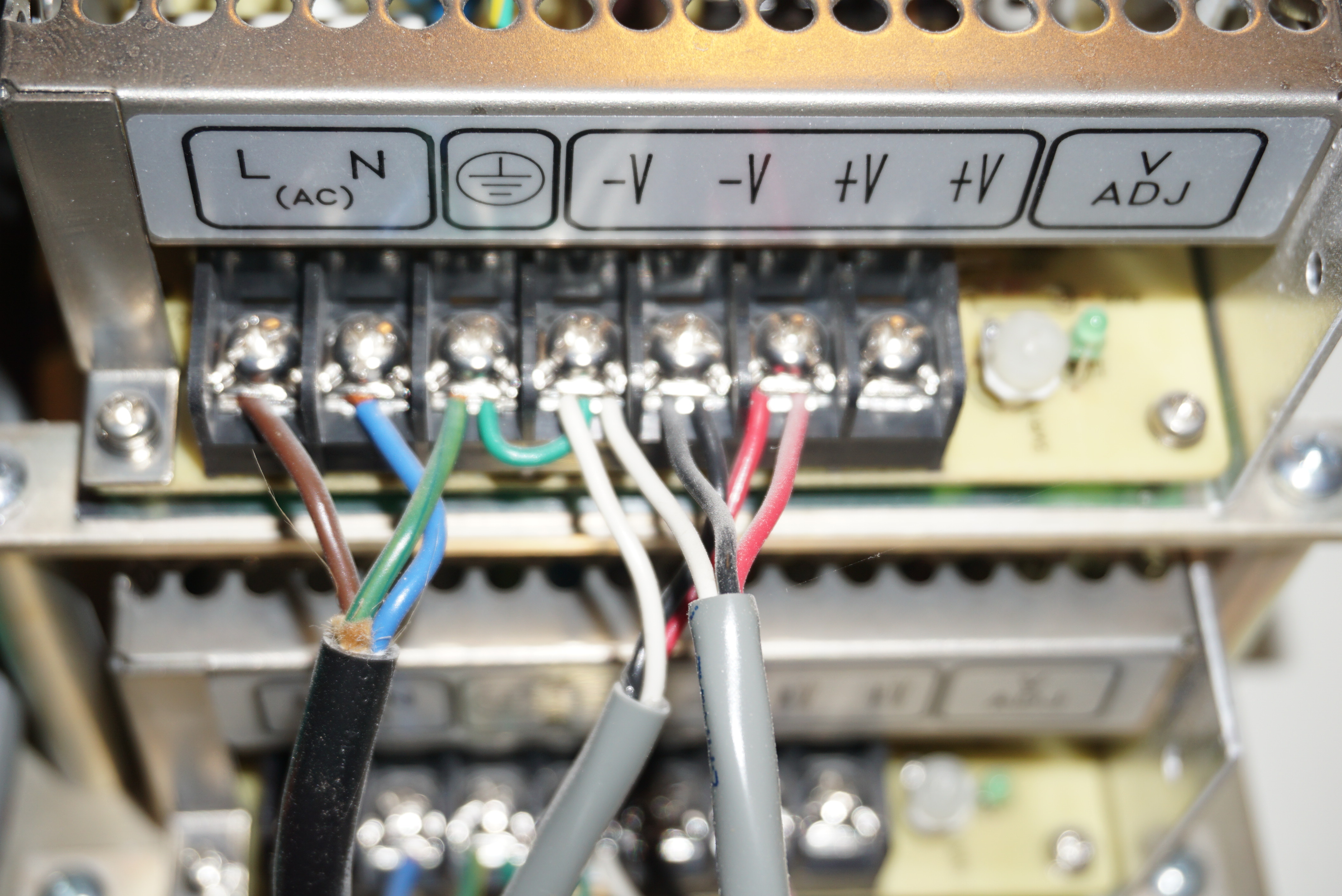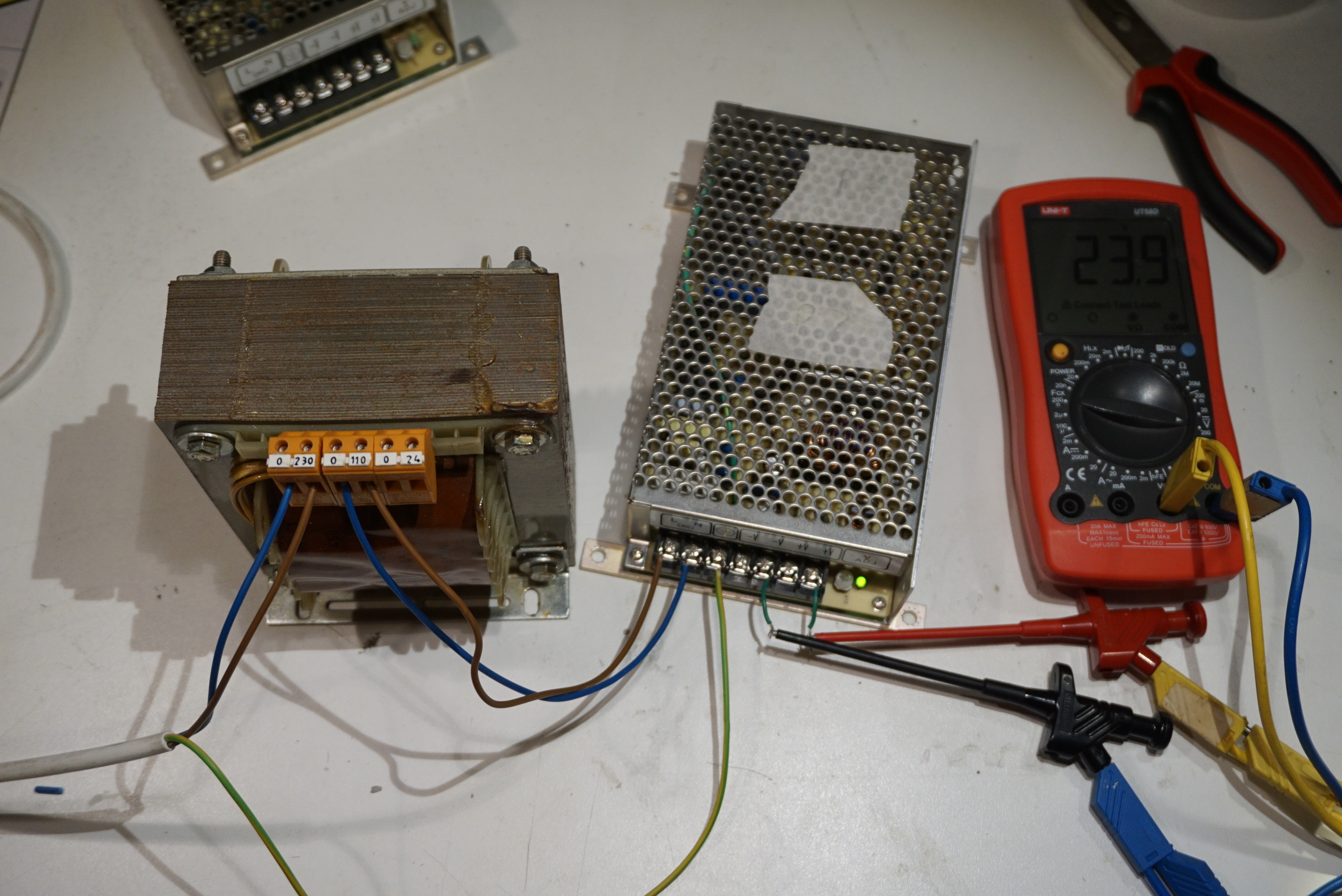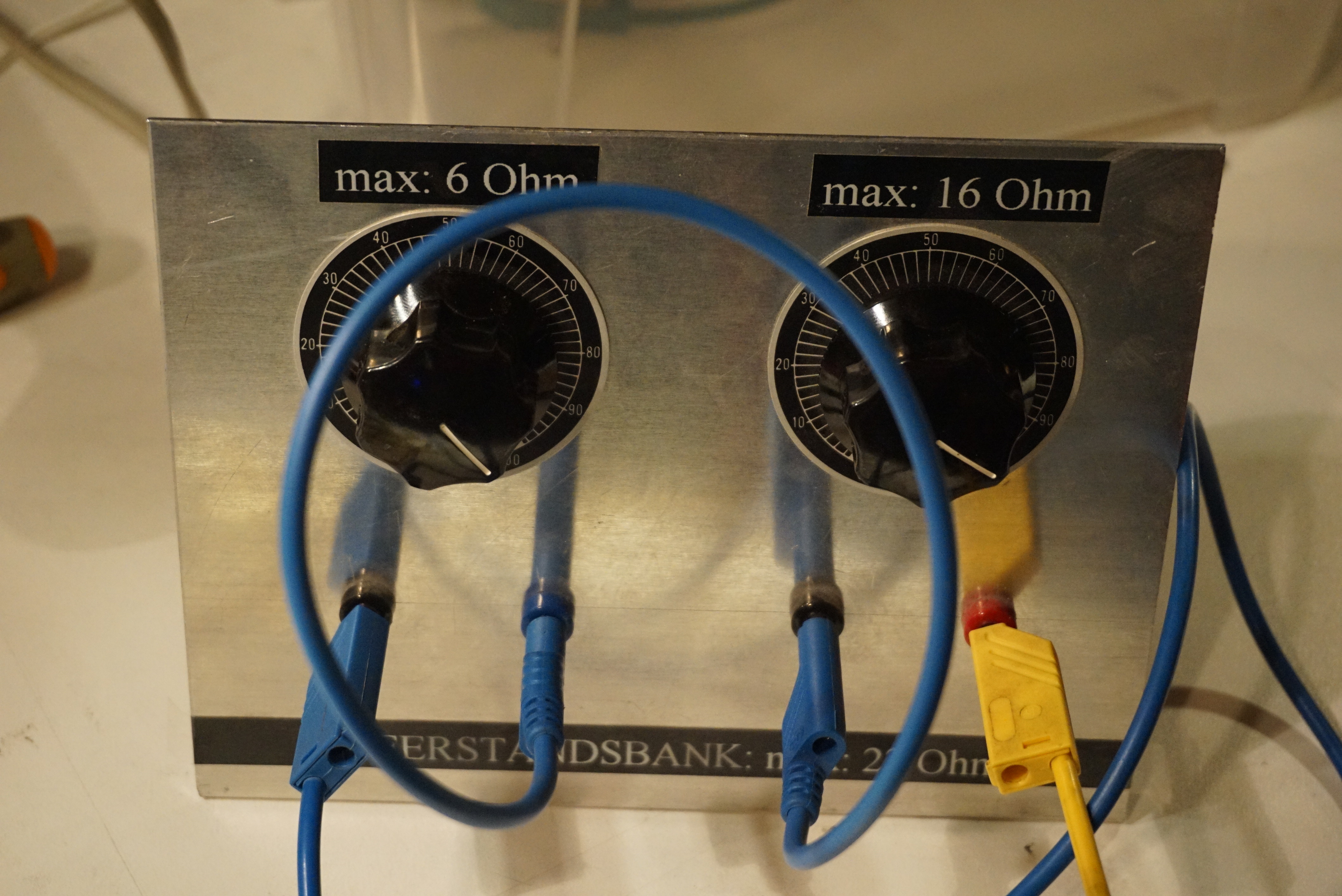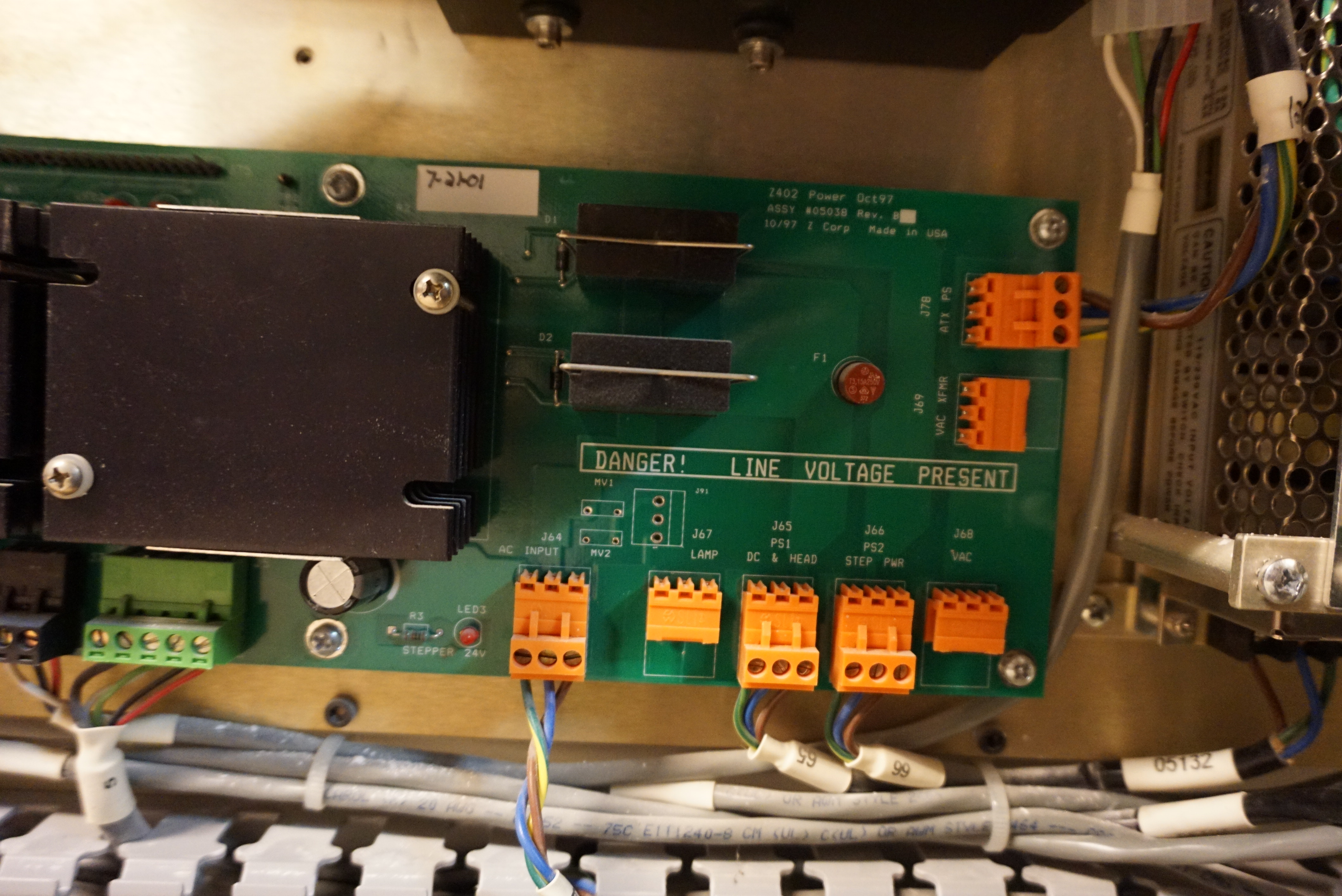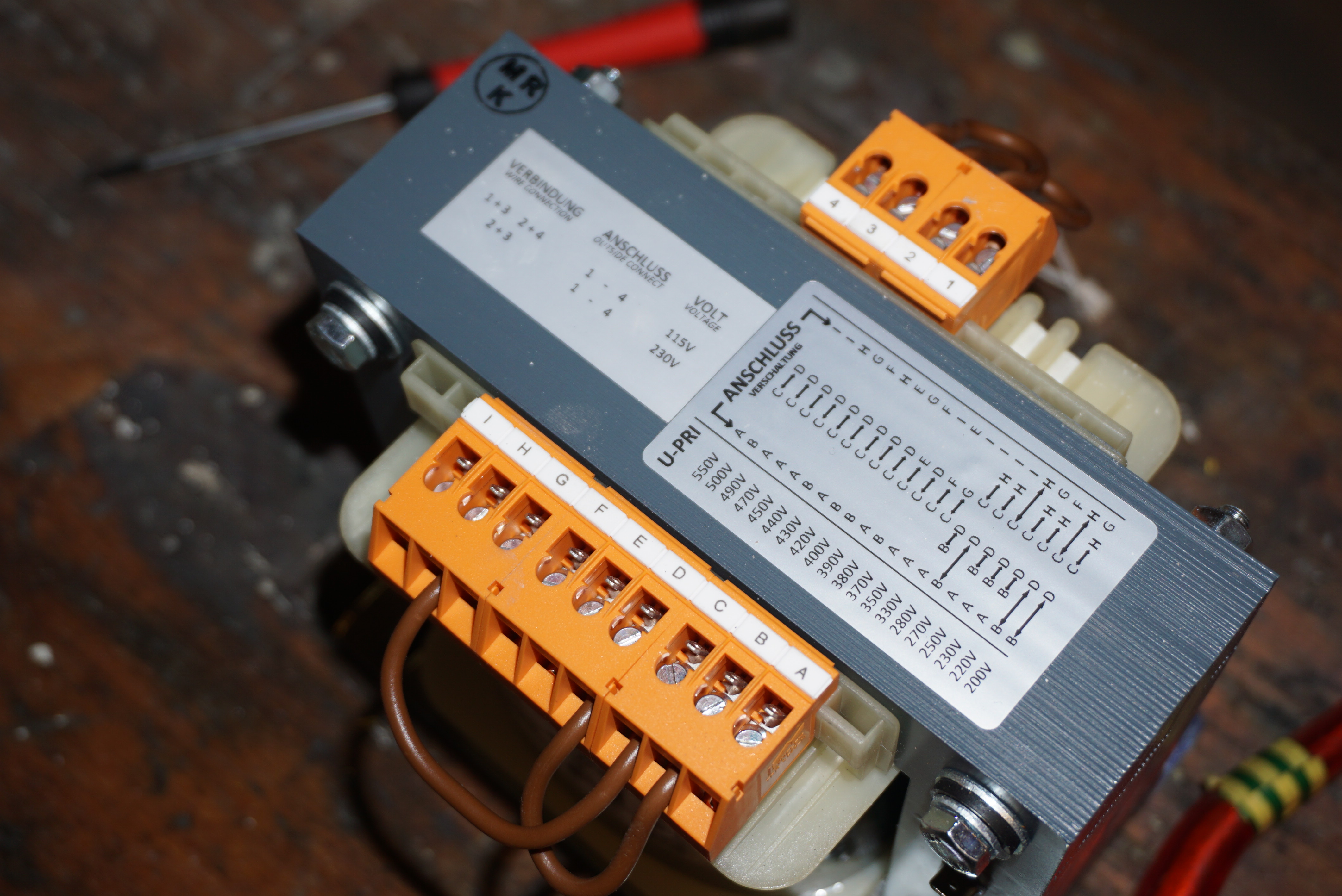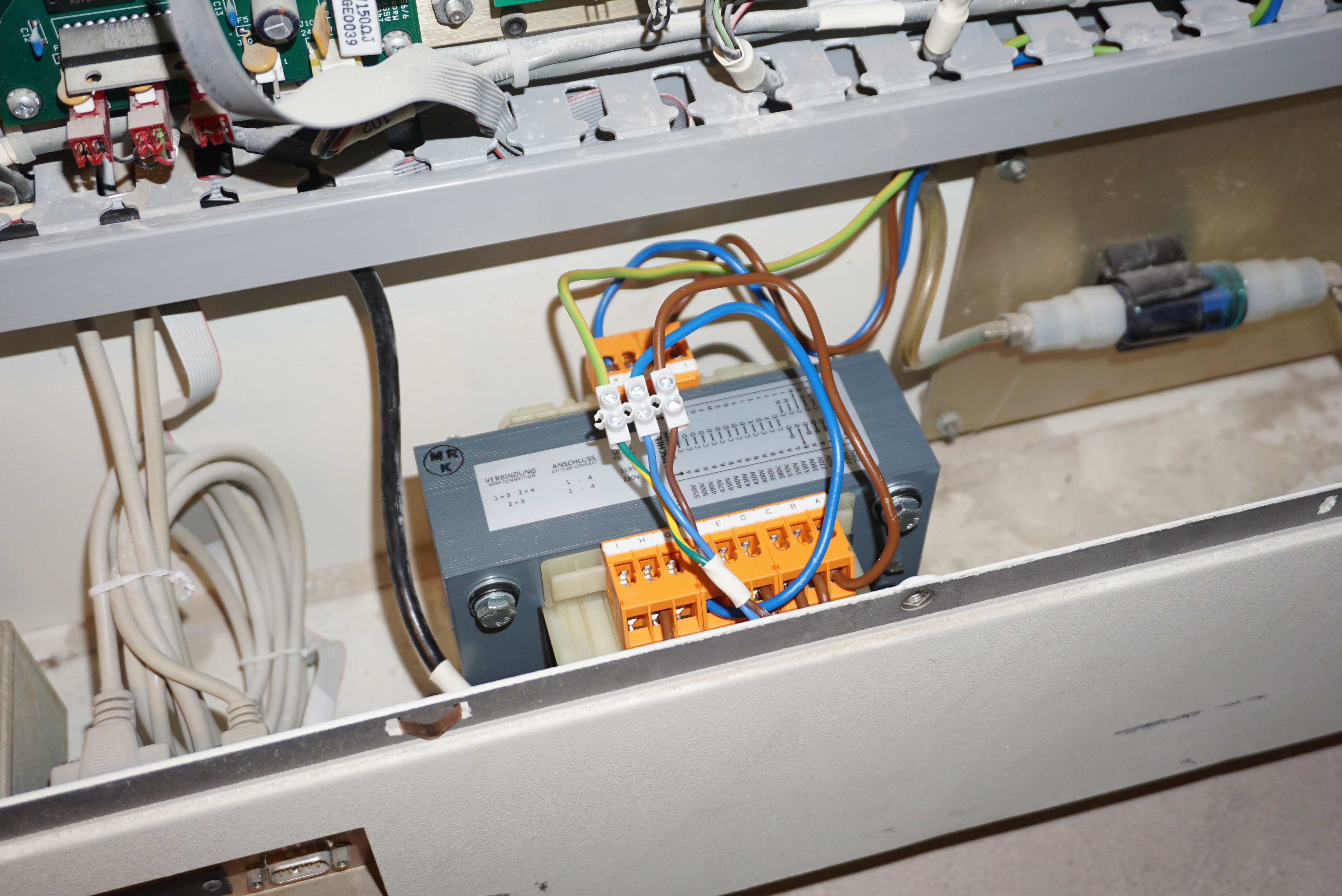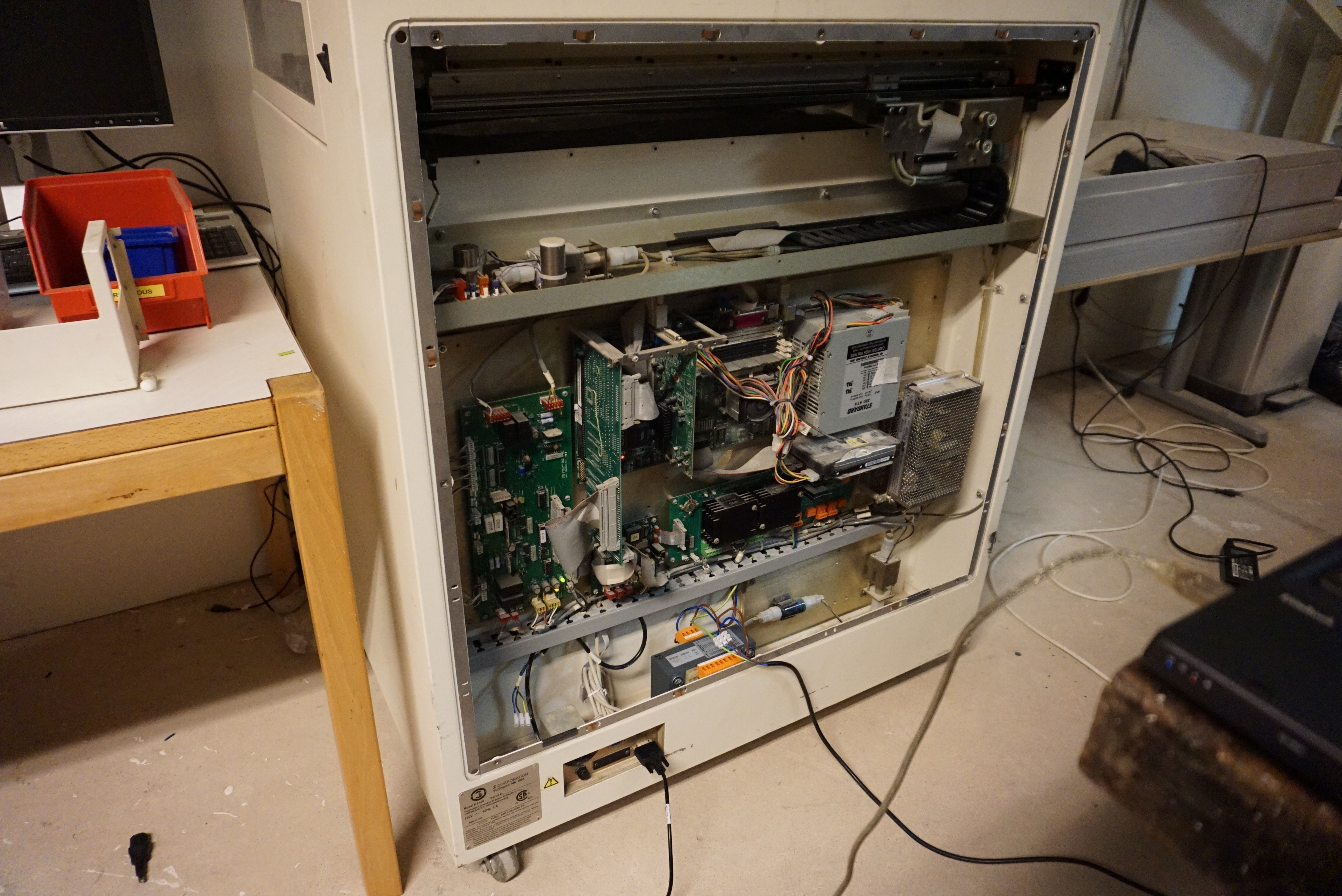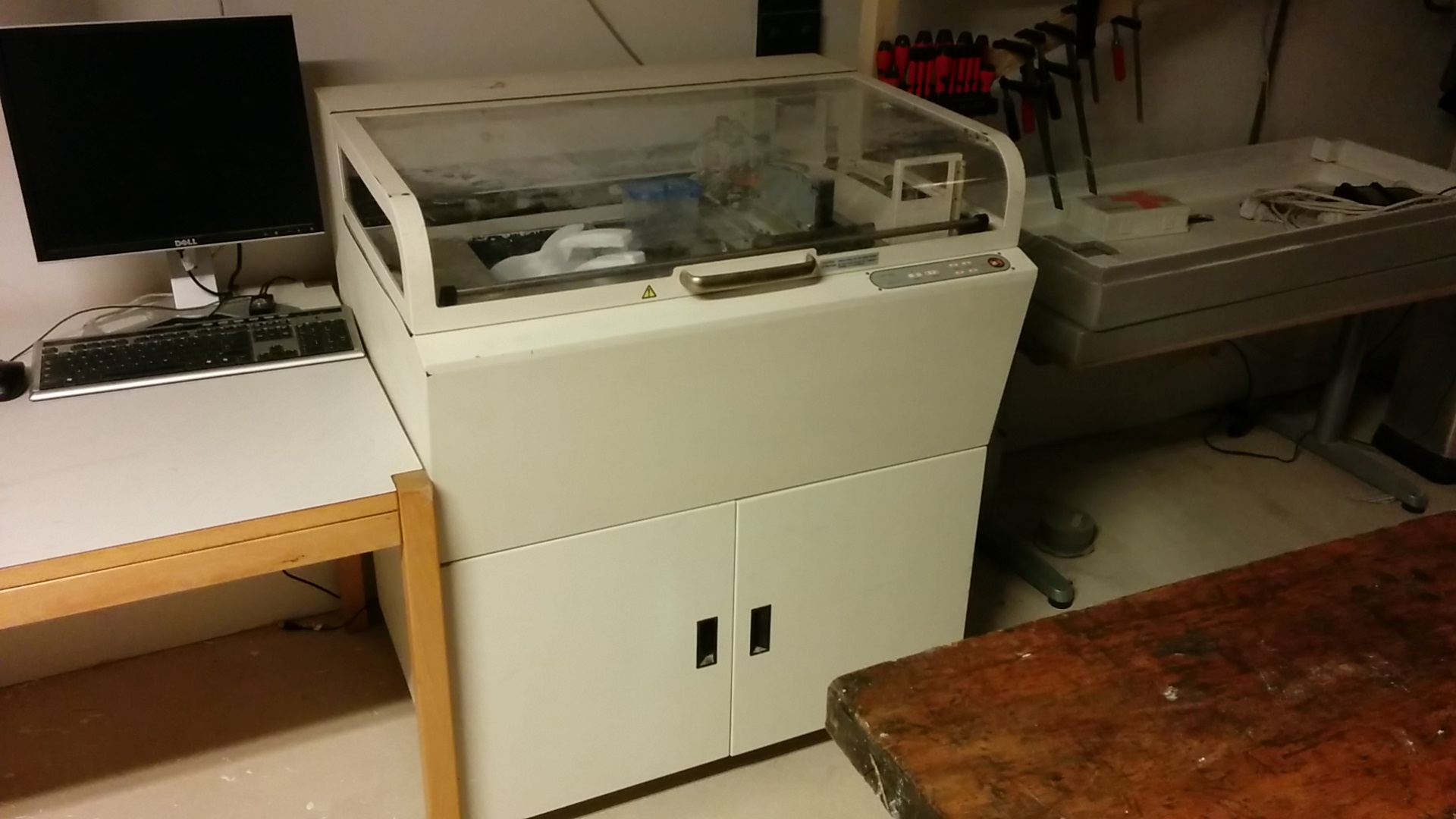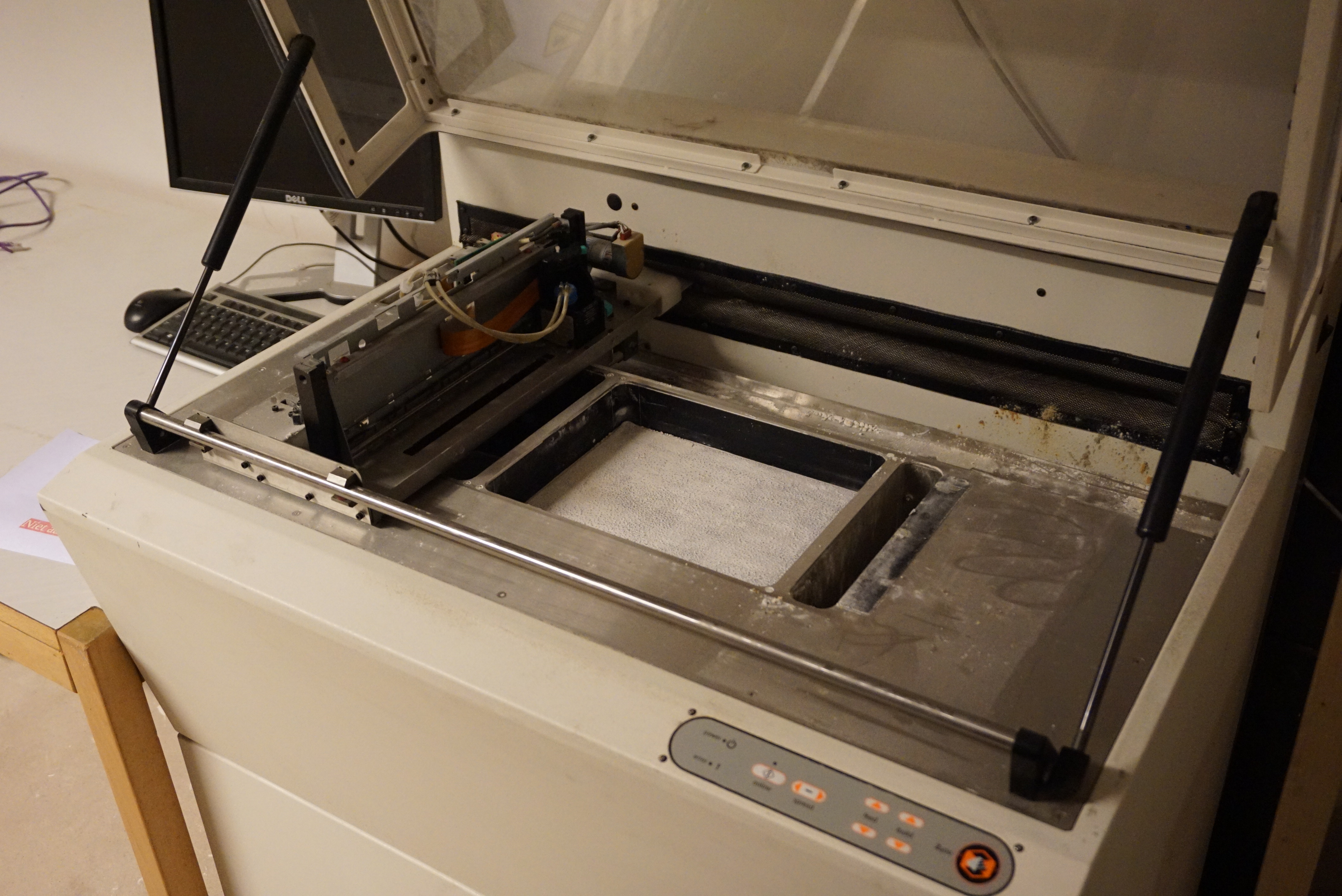No new stuff for a long time
It has been a while, ever since the Z400 blog things have wound down a bit. I did make a turret a year ago, but since then I have not shared much. This is to do with projects taking much longer than expected, and this being weird times.
Mini powder printer
For powder printing my biggest limitation at this point is not the printers, it is the powders. My idea was that a tiny (12x40mm) printer would easily allow me to test powders, not requiring me to make giant batches of powder to test. This tiny printer took WAY longer than expected, sapping time for over 3 months. After that, it still did not print great. I do now have a small batch printer, and the knowledge to modify printheads to CISS.
A bigger issue is to do with different people being good at different things. I am an engineer. I am good at building things. As it turns out I am not great at developing powders. It is just a struggle for me to keep going, and to keep a path towards a goal going. I will keep attempting in the background, but I have decided that I will either try shared recipes or just buy powders for the foreseeable future. Obligatory link to forum thread: https://ytec3d.com/forum/viewtopic.php?f=8&t=8567
Animatronics
Another project that ended up taking a lot of time was an animatronic tentacle (you heard me). For Hackerhotel 2020 I had a small mockup of the mechanism. It received a lot of attention at the event, even getting a mention at Hackaday (https://hackaday.com/2020/03/06/from-hacker-hotel-2020-badges-sharks-tentacles-old-school-hacking-and-much-more/)
I decided that I would make a more actuated version with some improvements. I hoped to be done somewhere March/April. We are now Juli and I now hope to be done before Bornhack 2020. I will share it, and it will be awesome, but it took a ridiculous amount of time. Obligatory teaser image below.
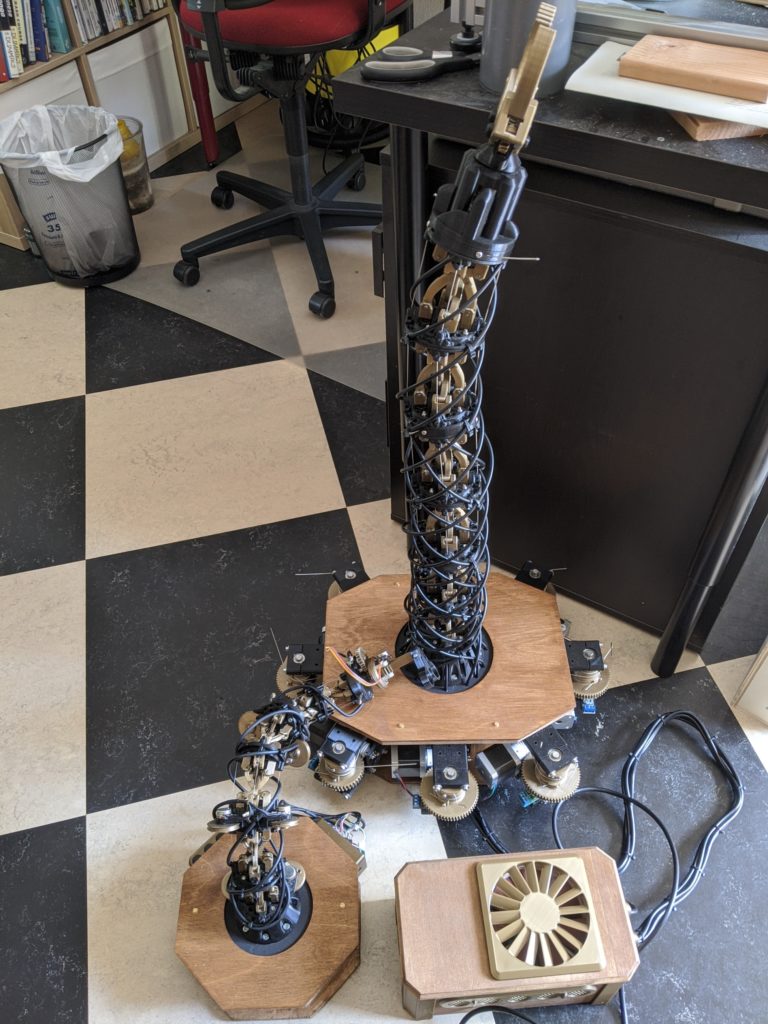
Boardgame with self moving pieces
And now for some future projects. 2 years ago I was working on a boardgame that could move it’s own pieces. The idea came from me playing a game called Roborally, where the moving of the pieces took the most time. If we could automate that in the most over engineered way possible, we would have a cool looking board that did the annoying stuff for us. At the time I was running into issues with reading the game cards. After I got a new apartment and had to move, the project kind of ground to a halt.
After summer holiday when the animatronic tentacle is published, I will continue work on the board. I will look if I can redo the cardreader, and if that fails I will see if I can find another reading principle. I might redo the electronics, since the Arduino Mega is currently bottlenecking me, but I’ll cross that hurdle when I get there. Obligatory video of board pieces moving below.
Ceramic 3D printing
The last item on the list is to do with the mini powder printer mentioned above. I bought new powder for my printers. I have Oasis, and I have a Z400 both gathering dust. A friend pointed me to Tethon3D, which sells ceramic powders for 3D printing. Since ceramics was a goal for me anyway, I bought a sample. It is a bit spendy, but cheaper than some other binderjetting powders I have seen. It is currently being printed in Oasis, getting the settings correct. When I finally have good strength parts, I will print some parts to be fired. Hopefully before the end of the year I can print parts that do actual work. Obligatory link to a log i keep here: https://ytec3d.com/forum/viewtopic.php?f=8&t=8921
